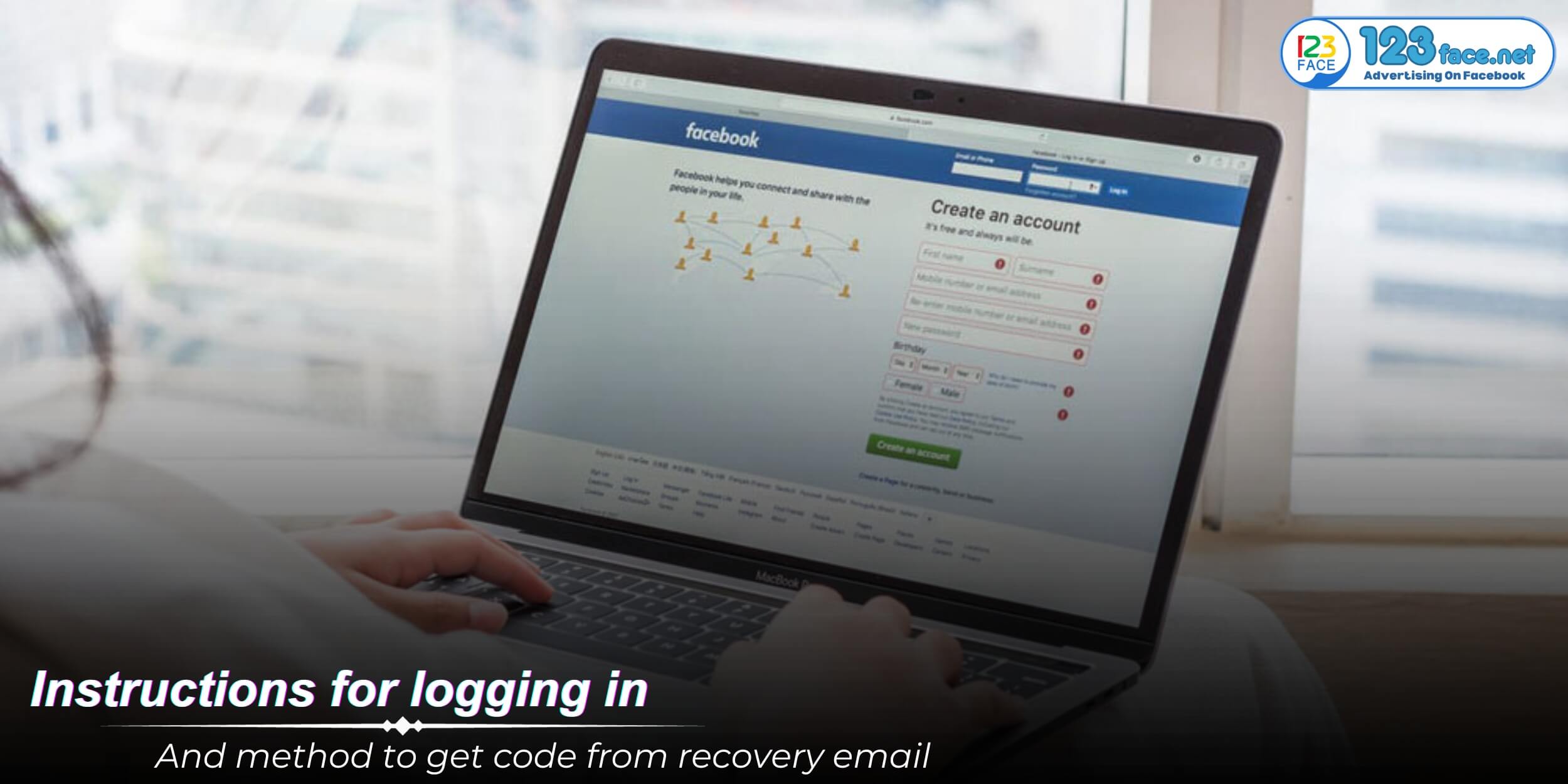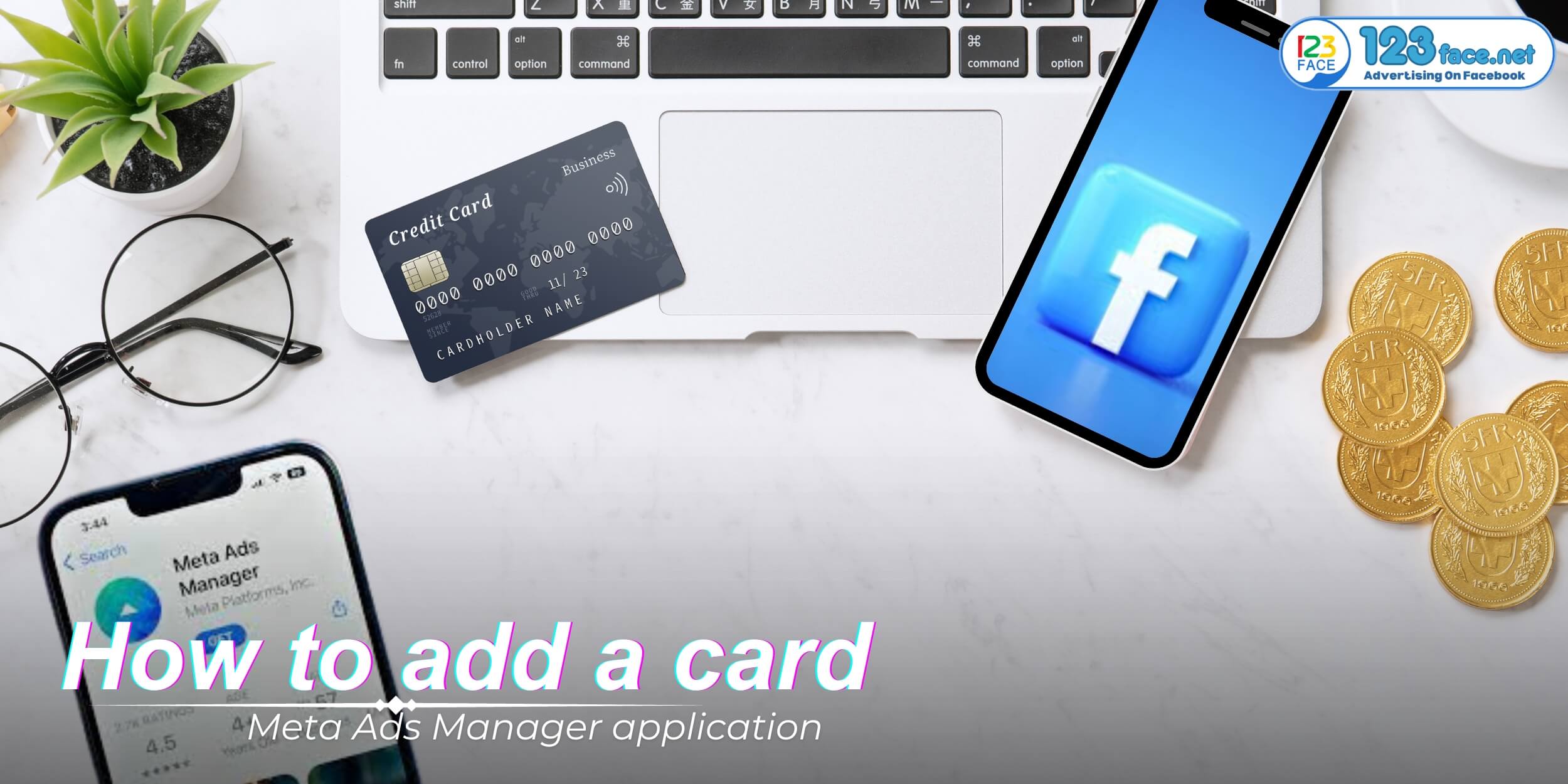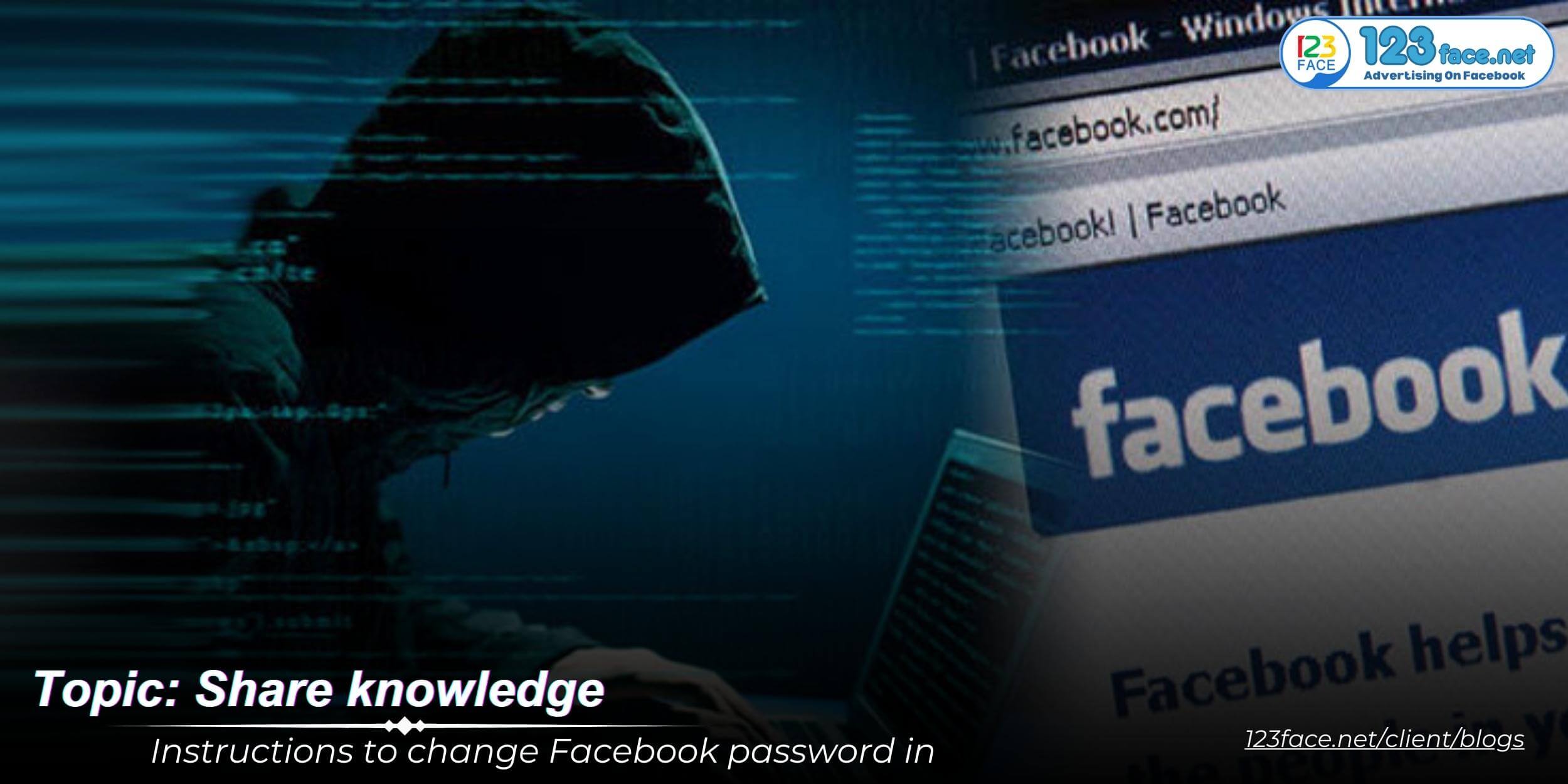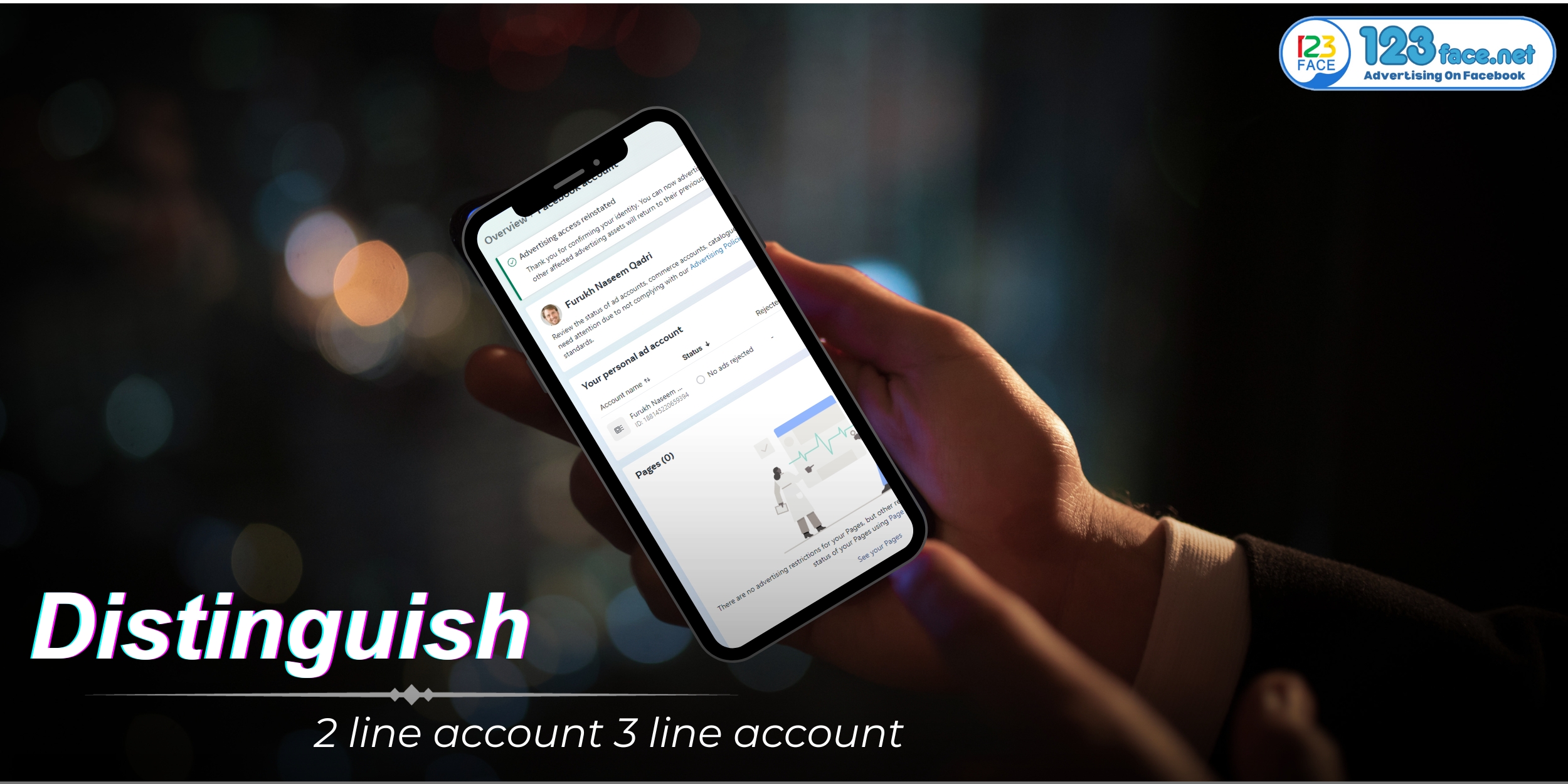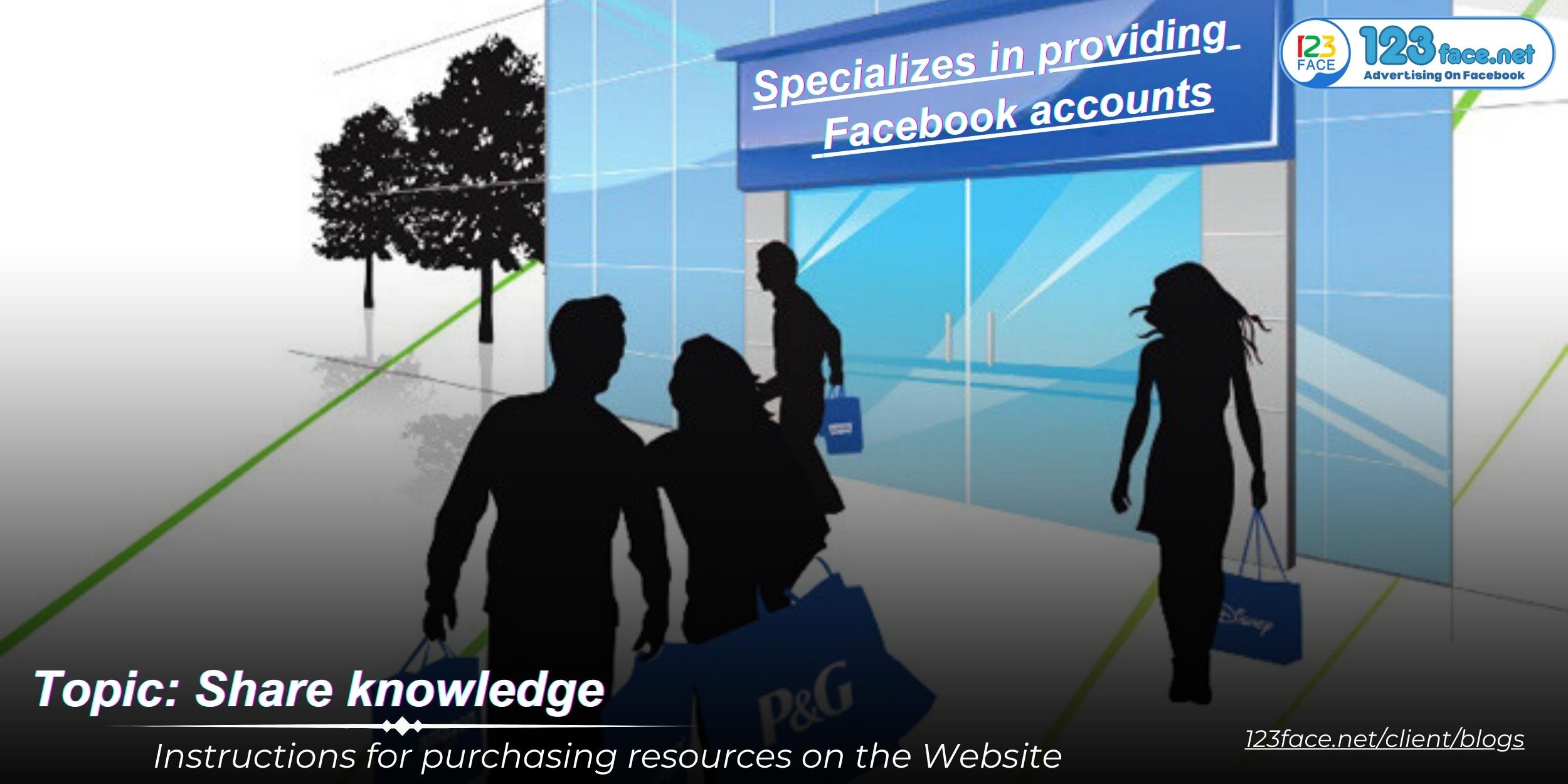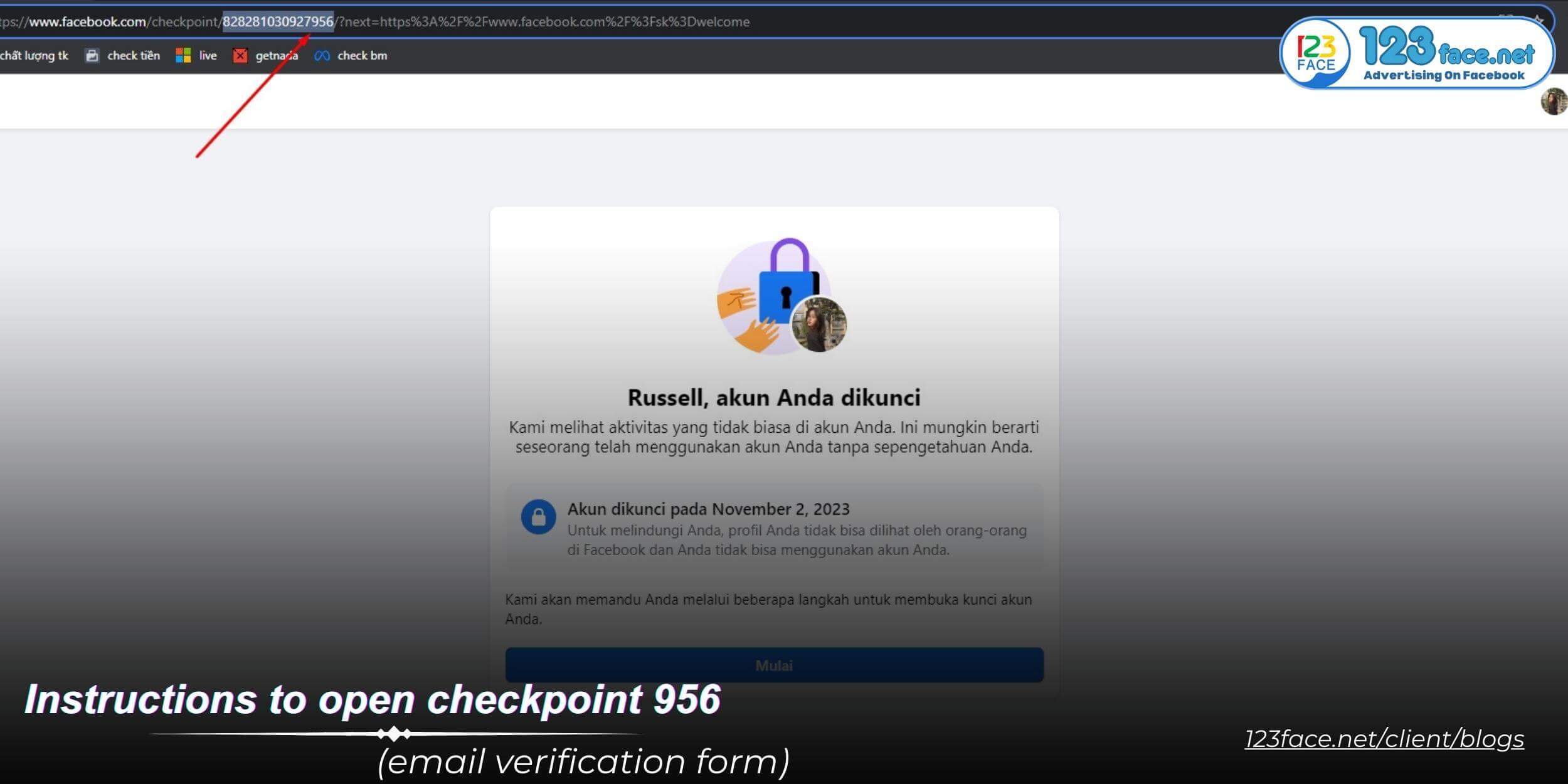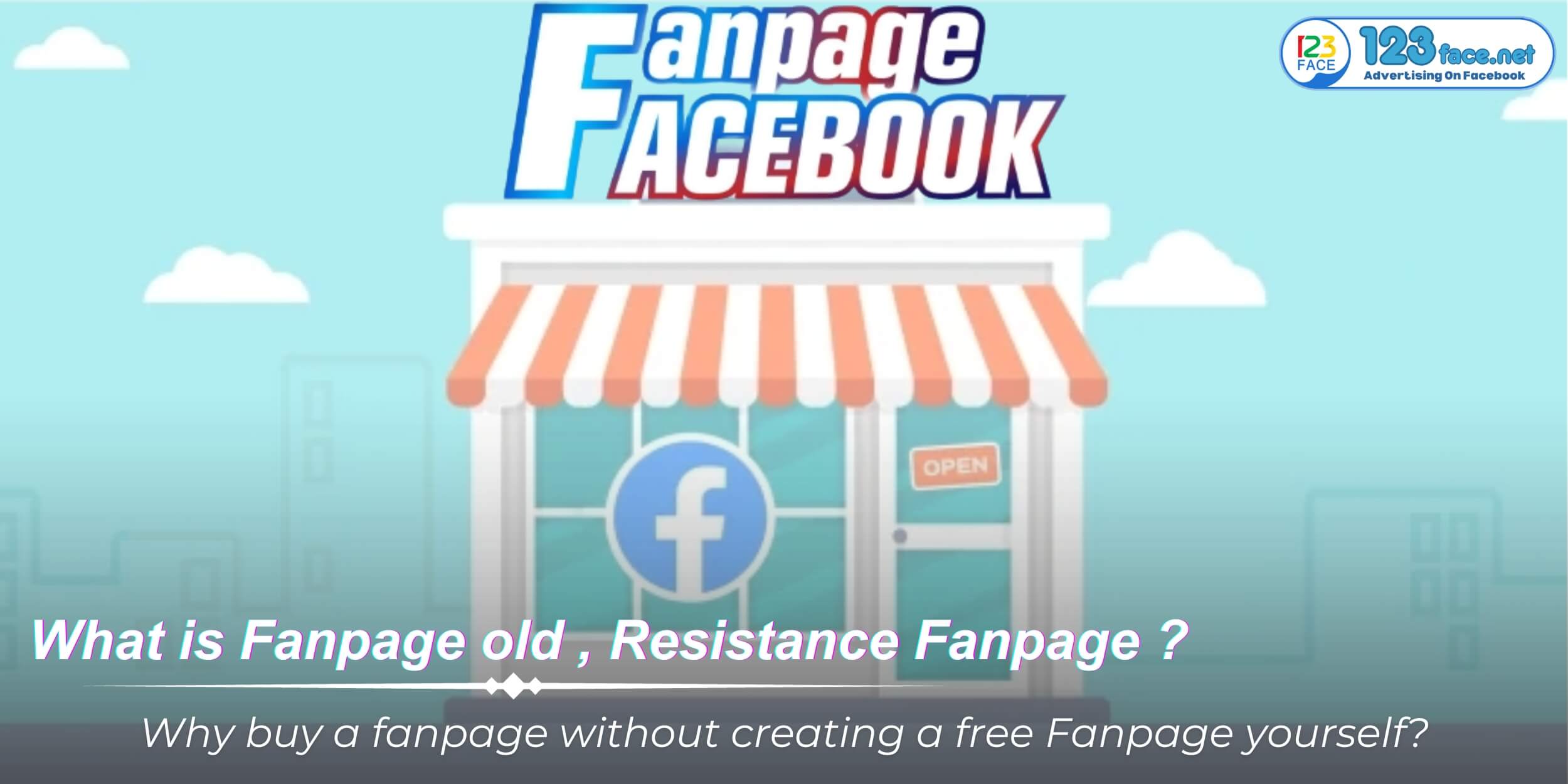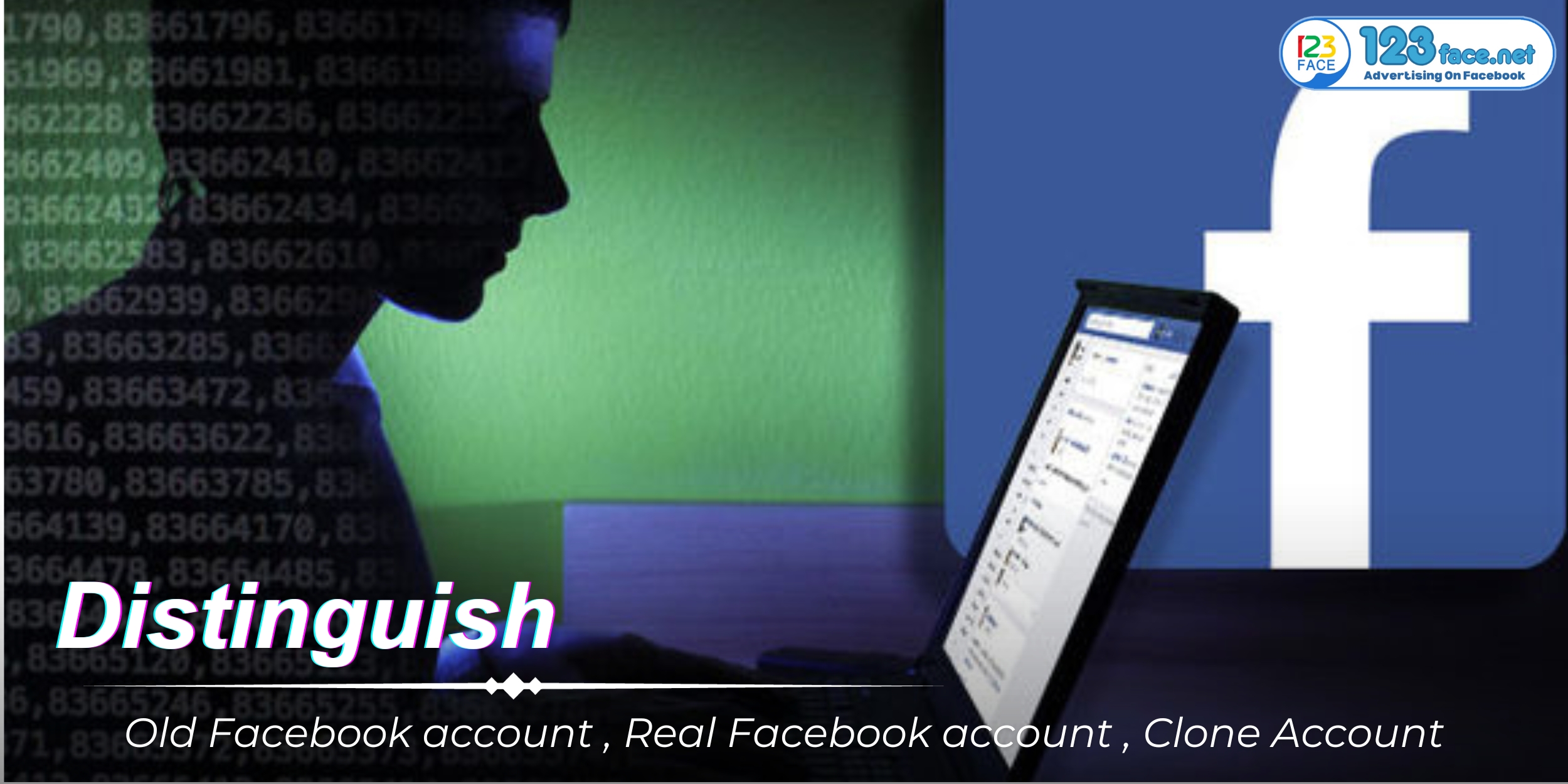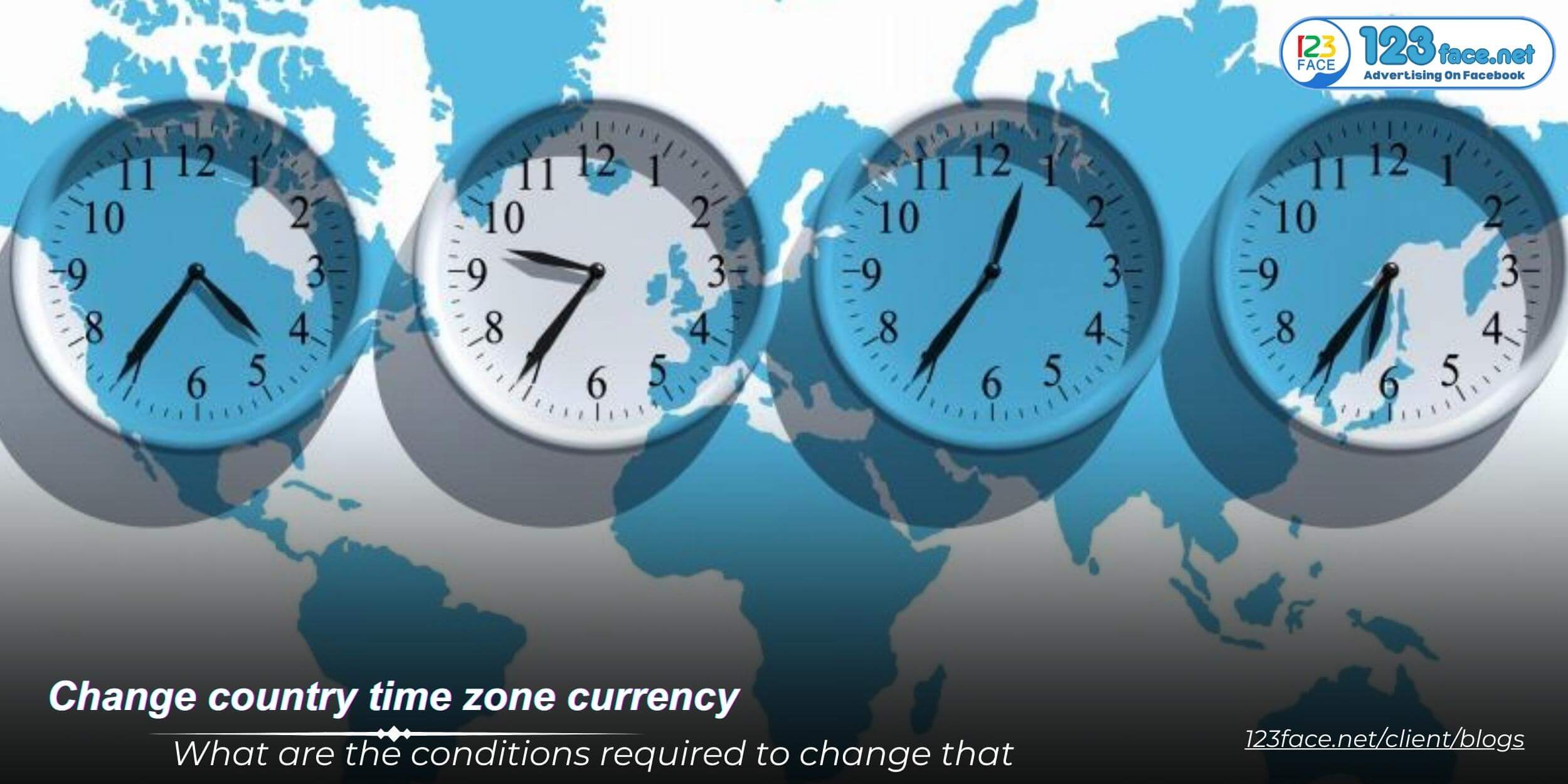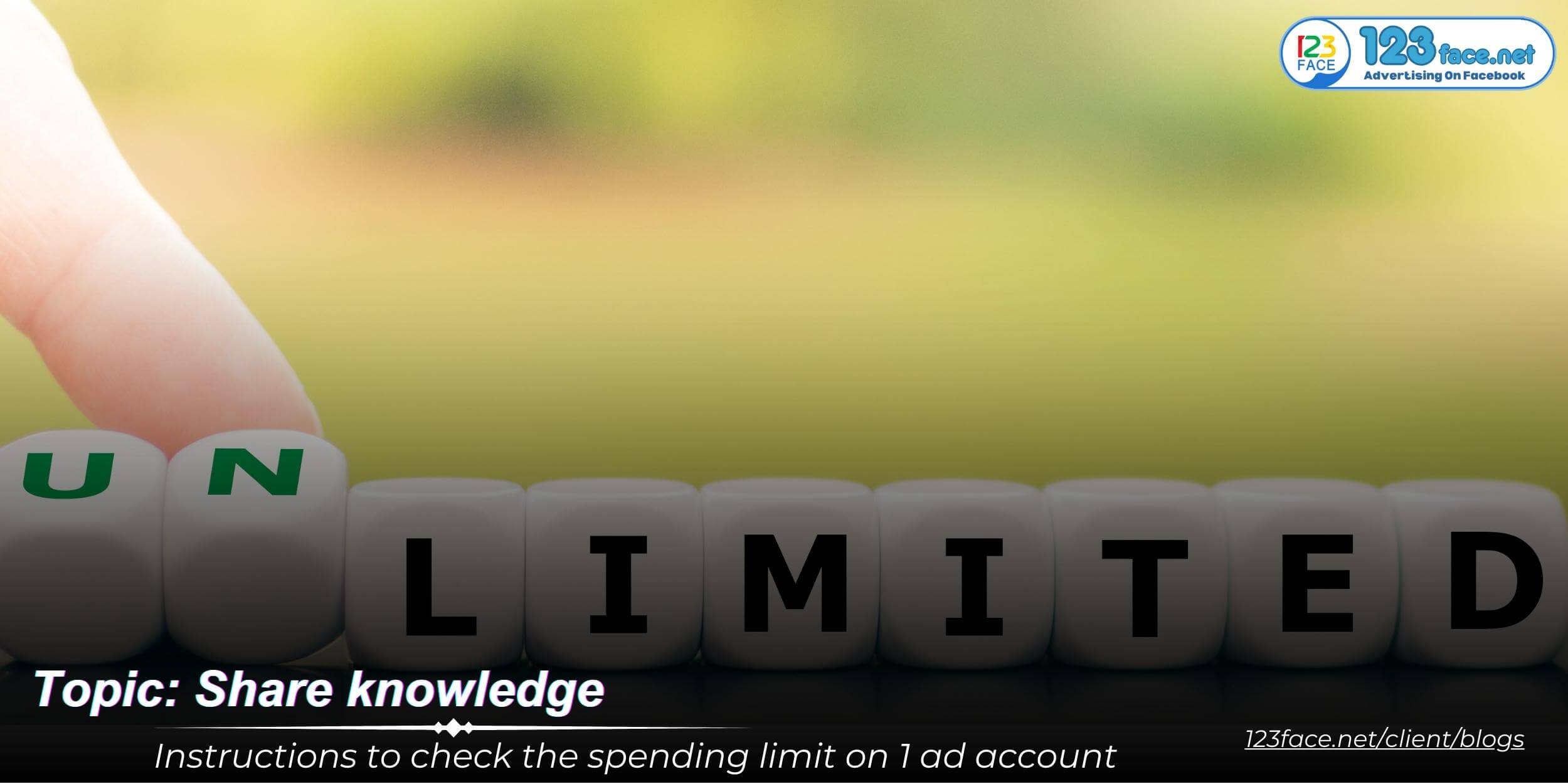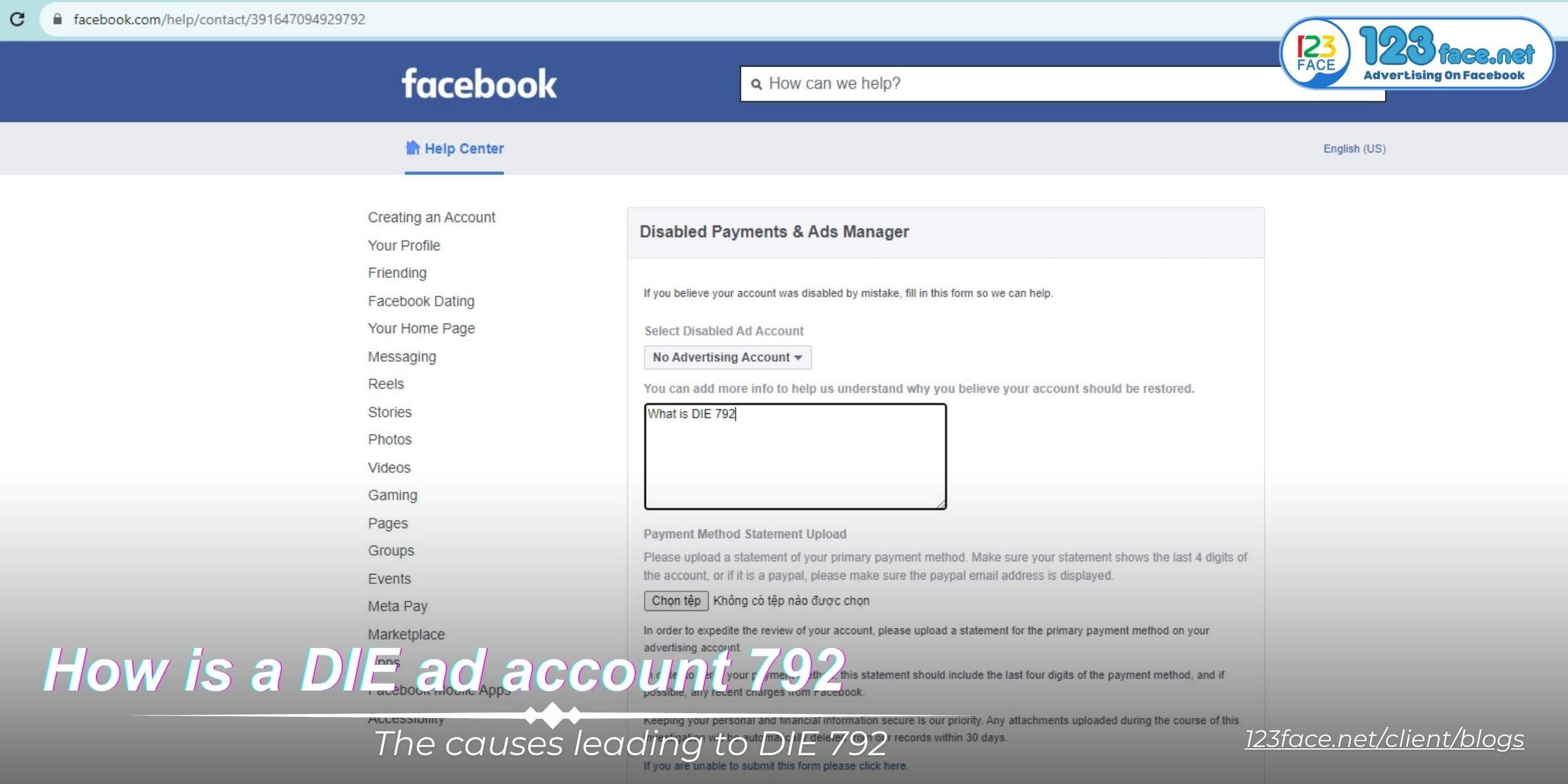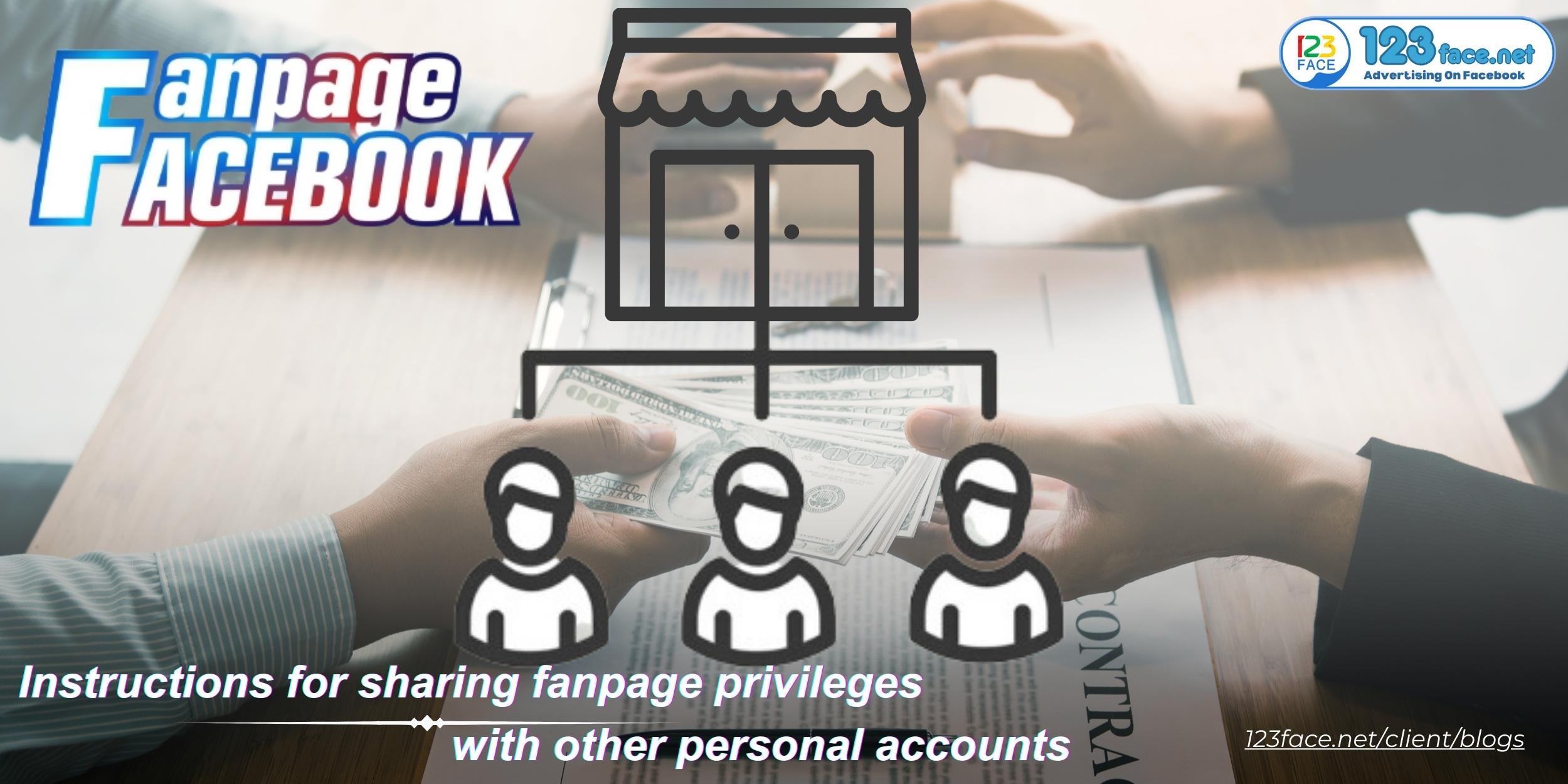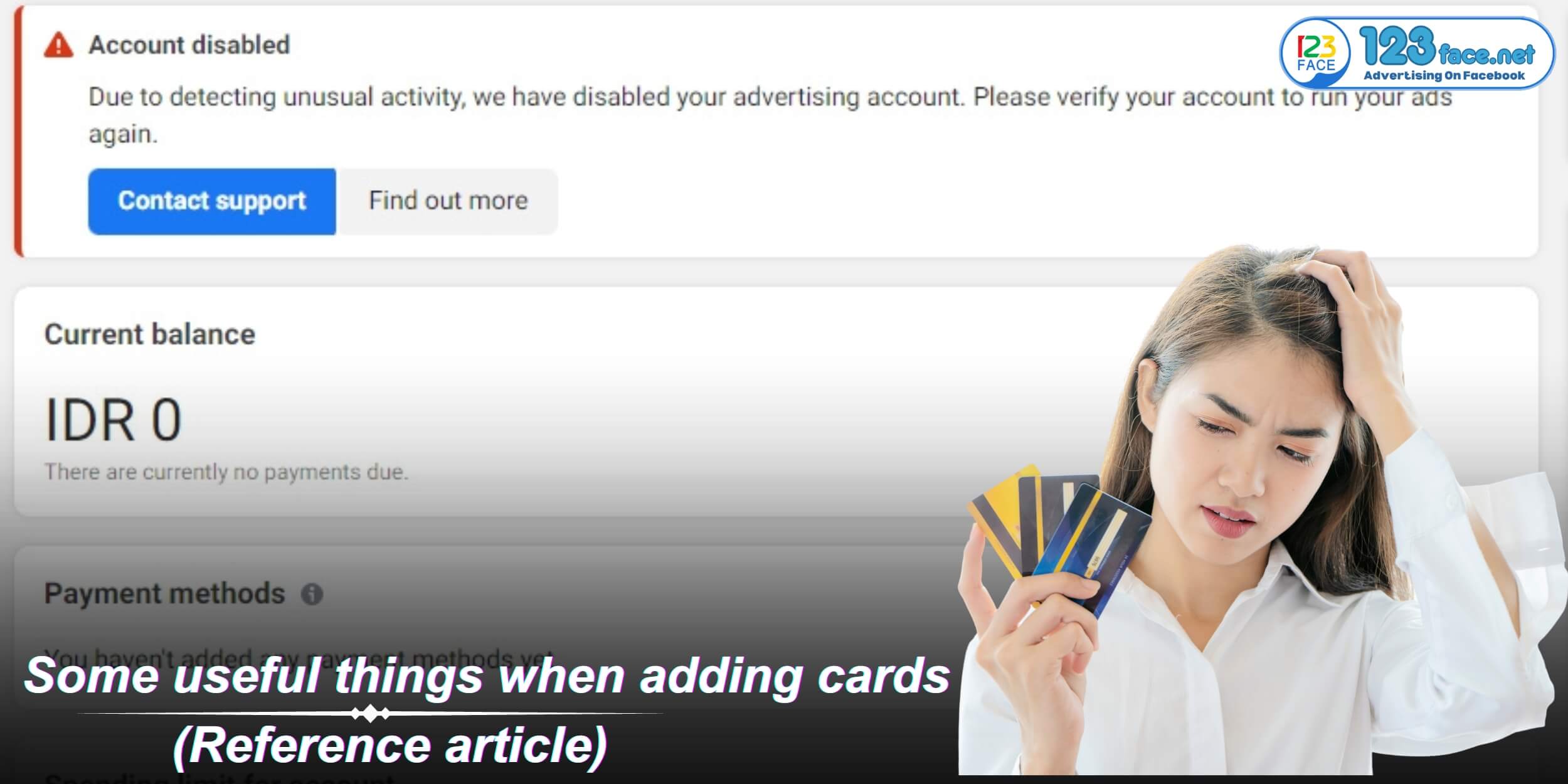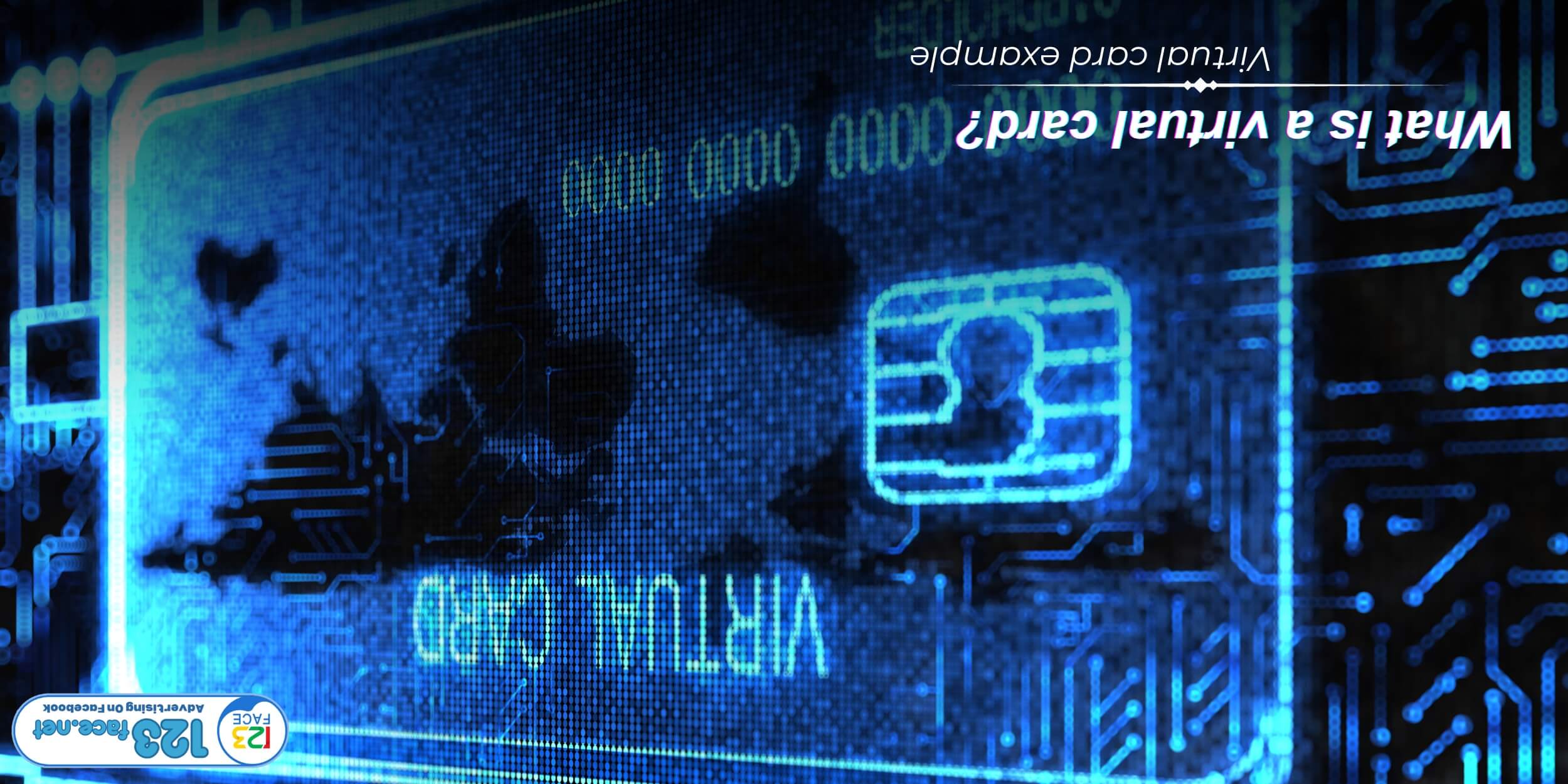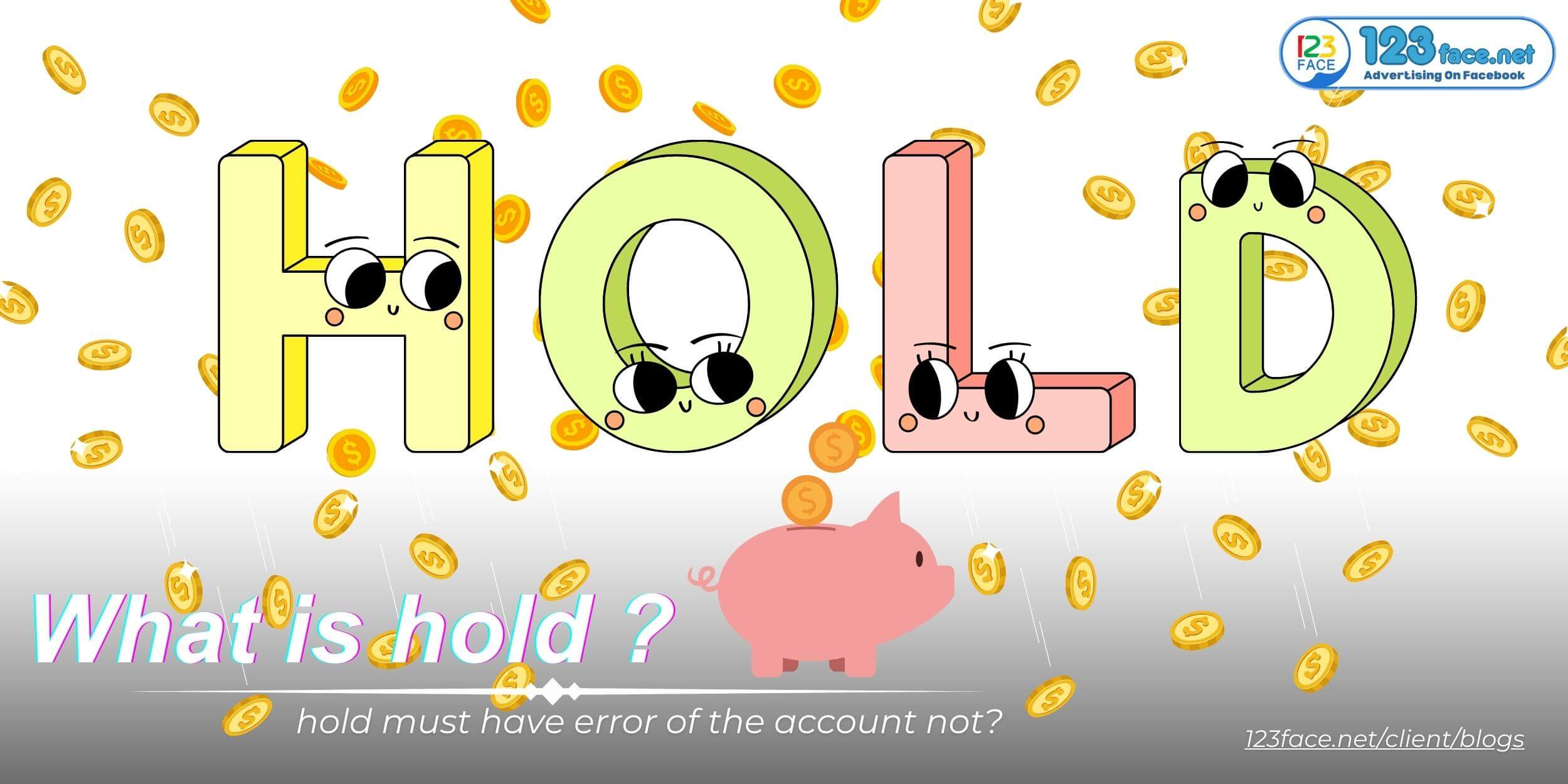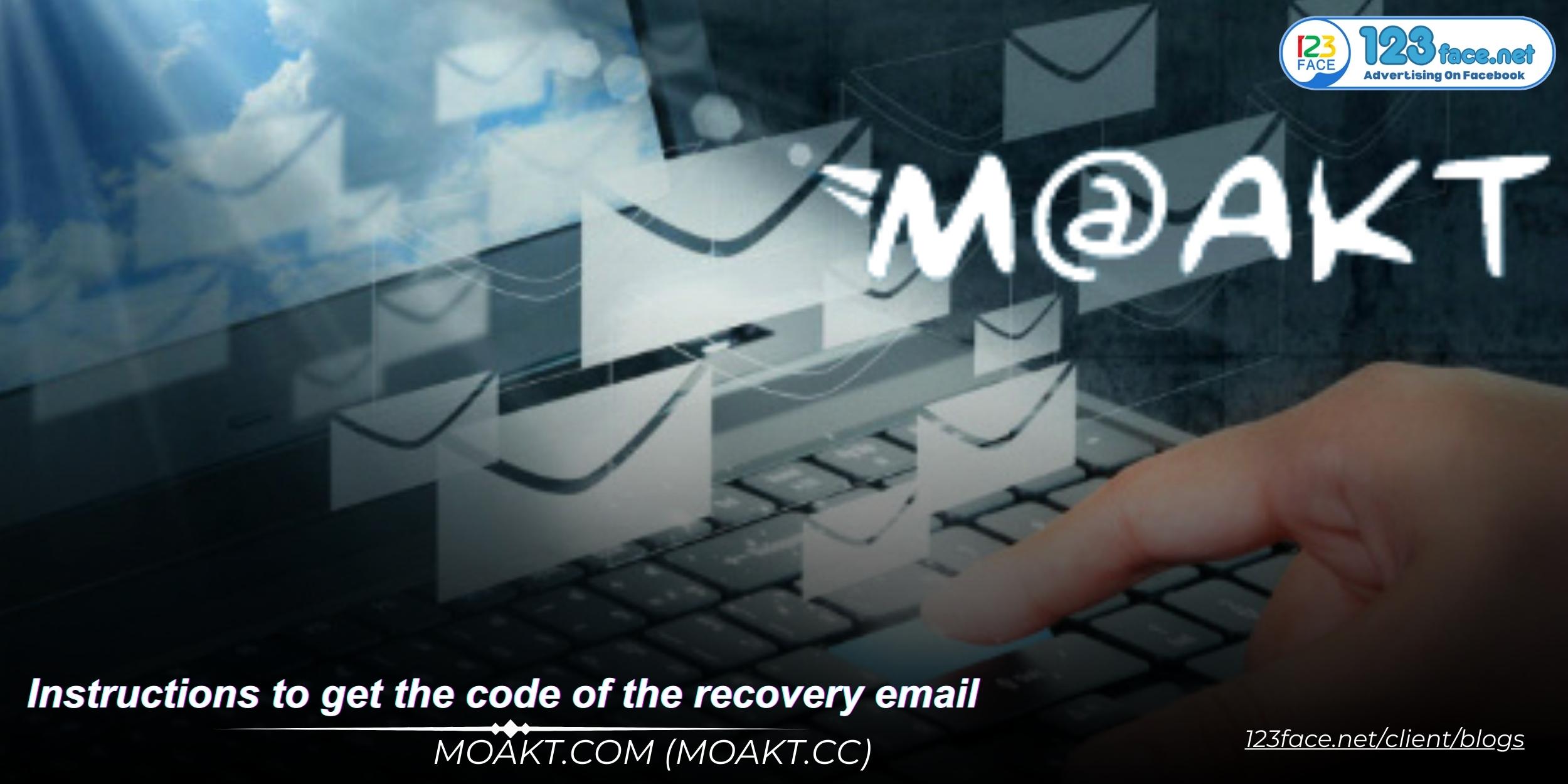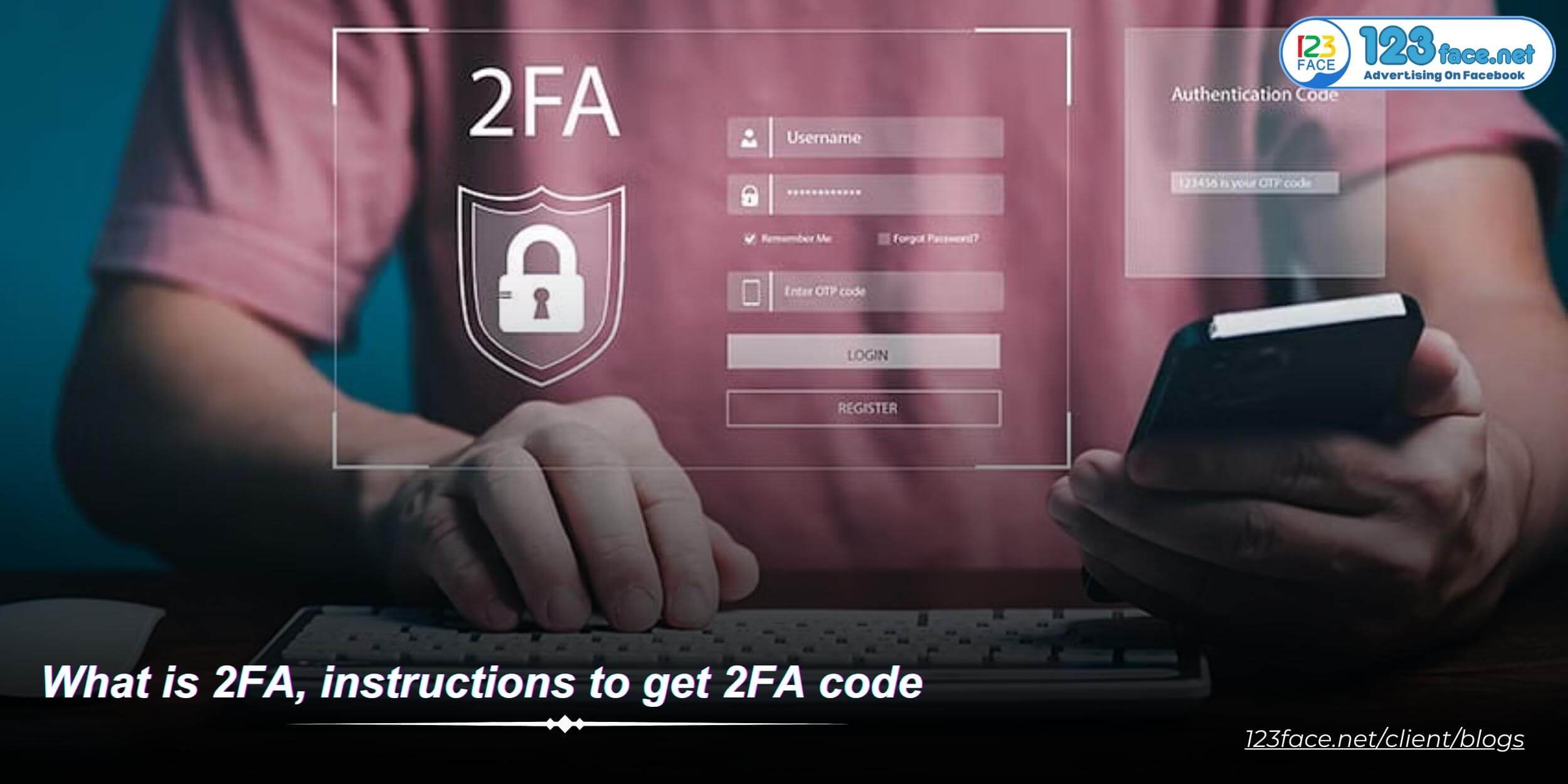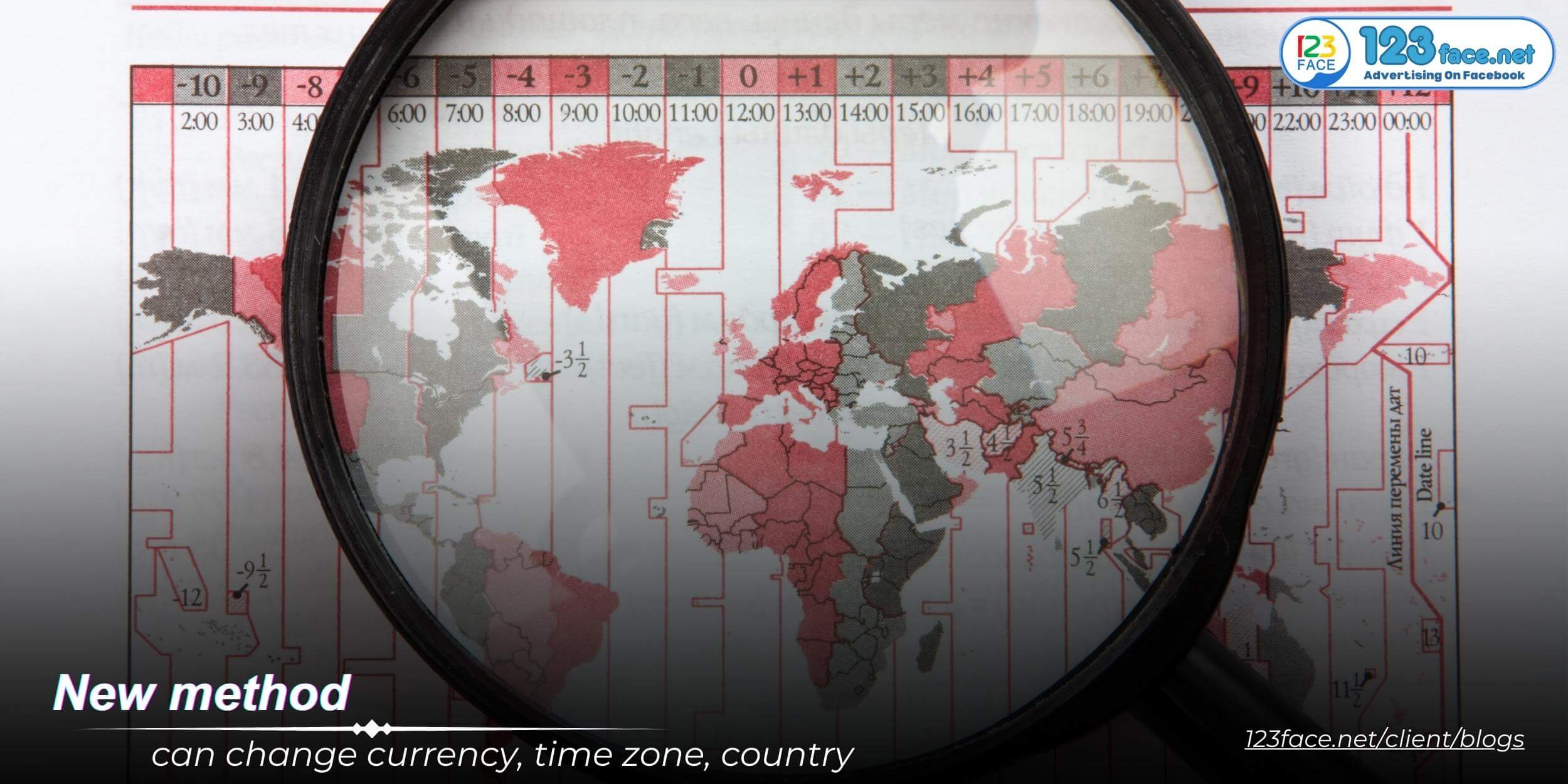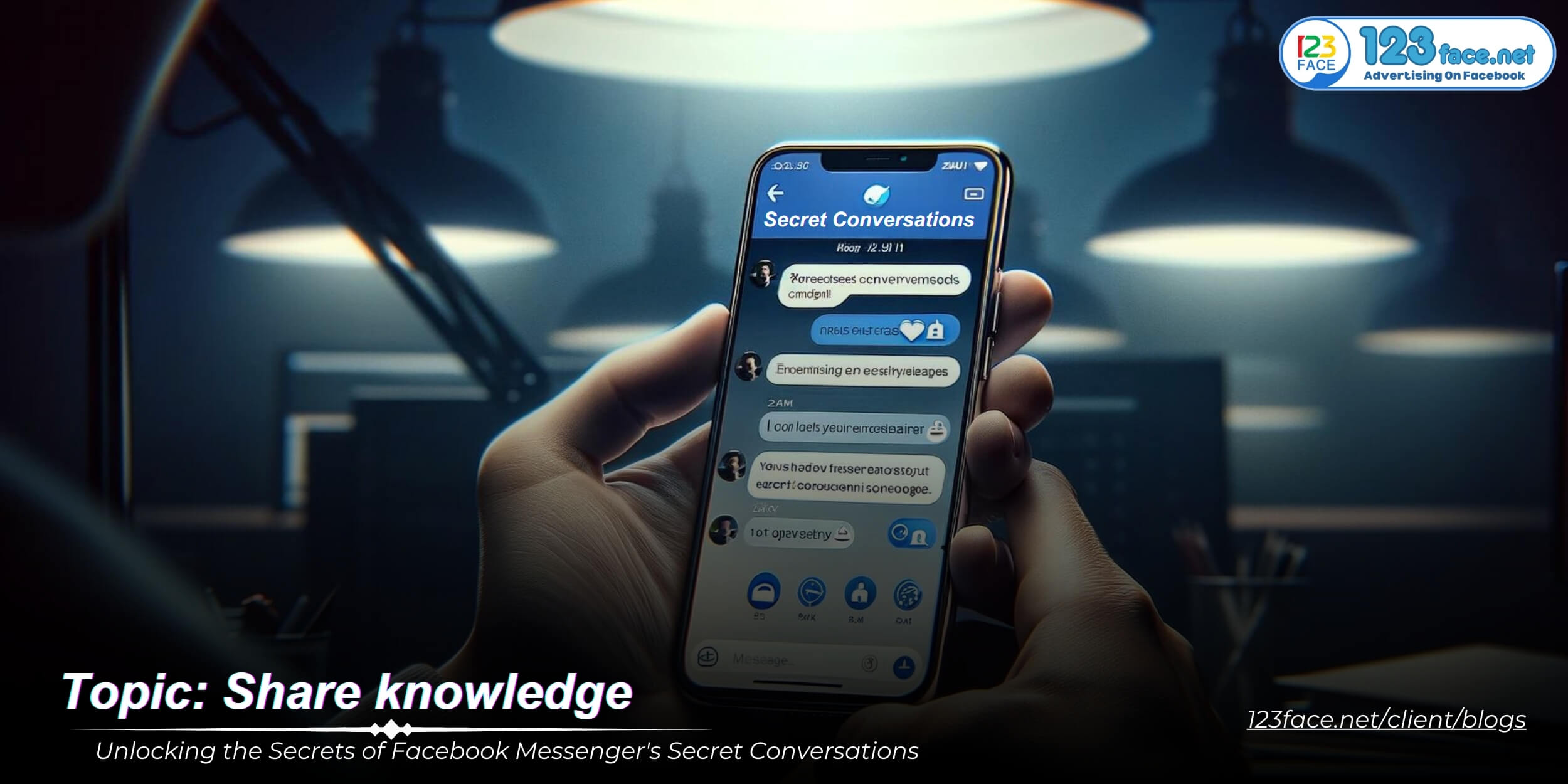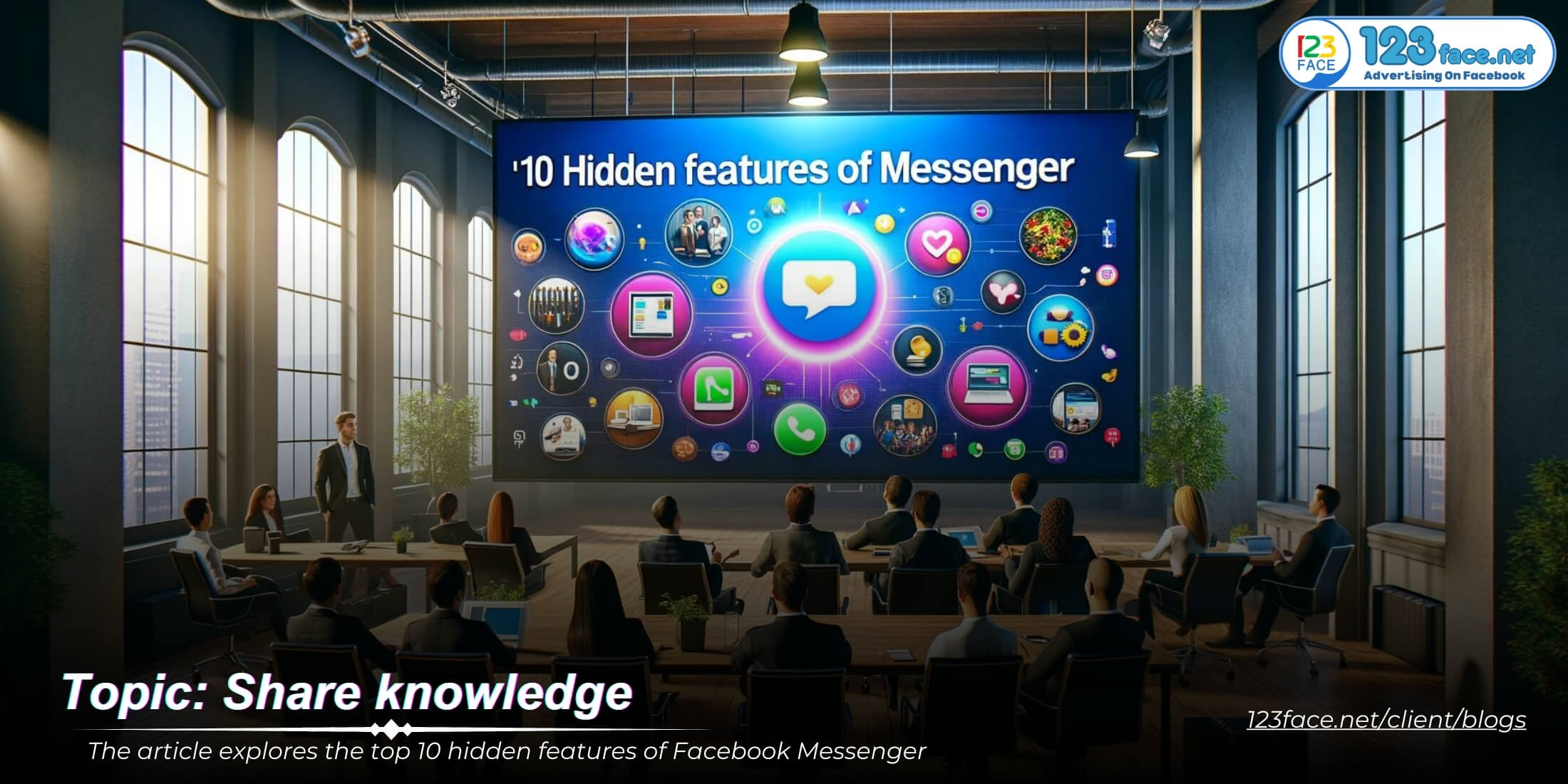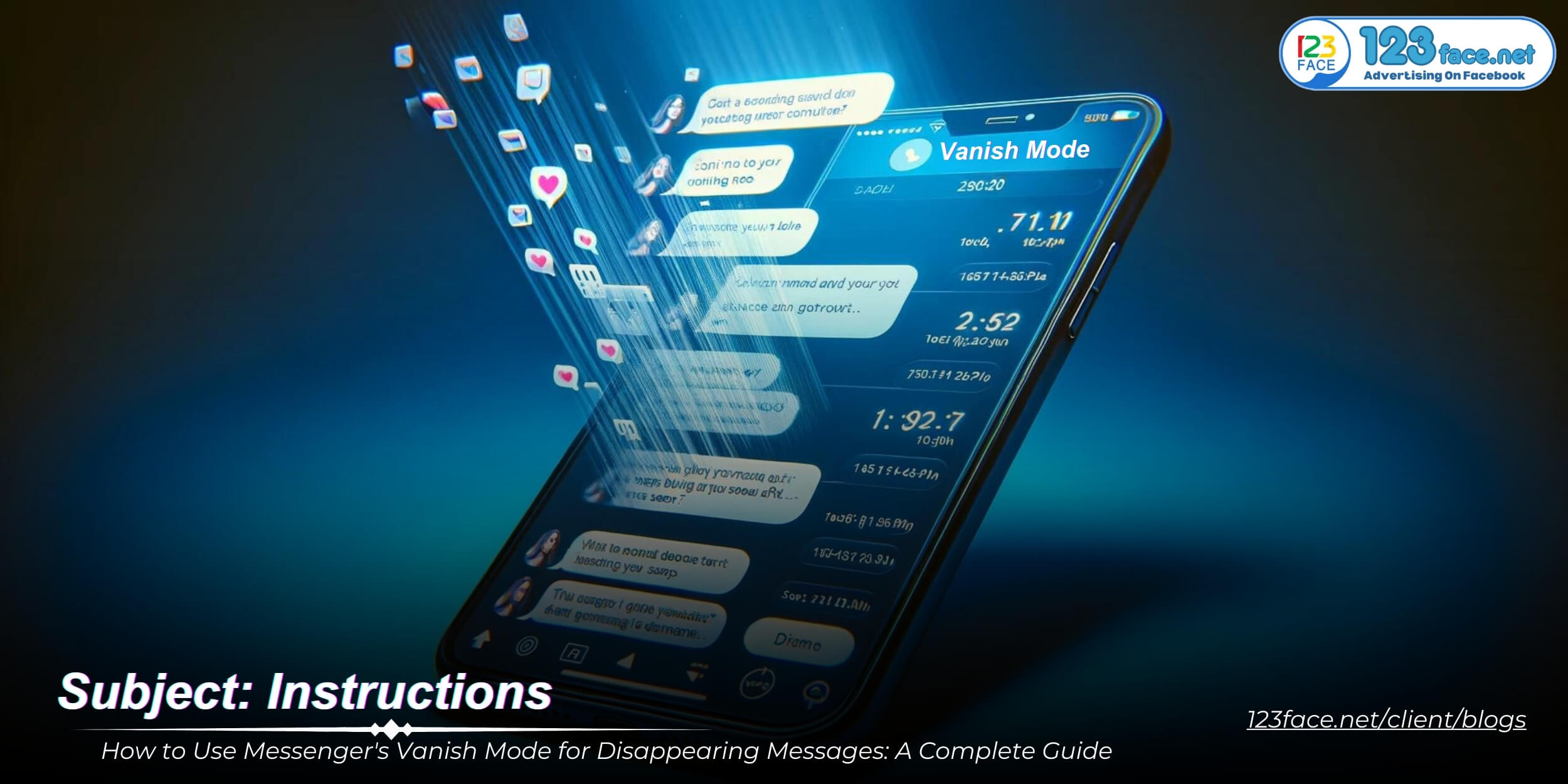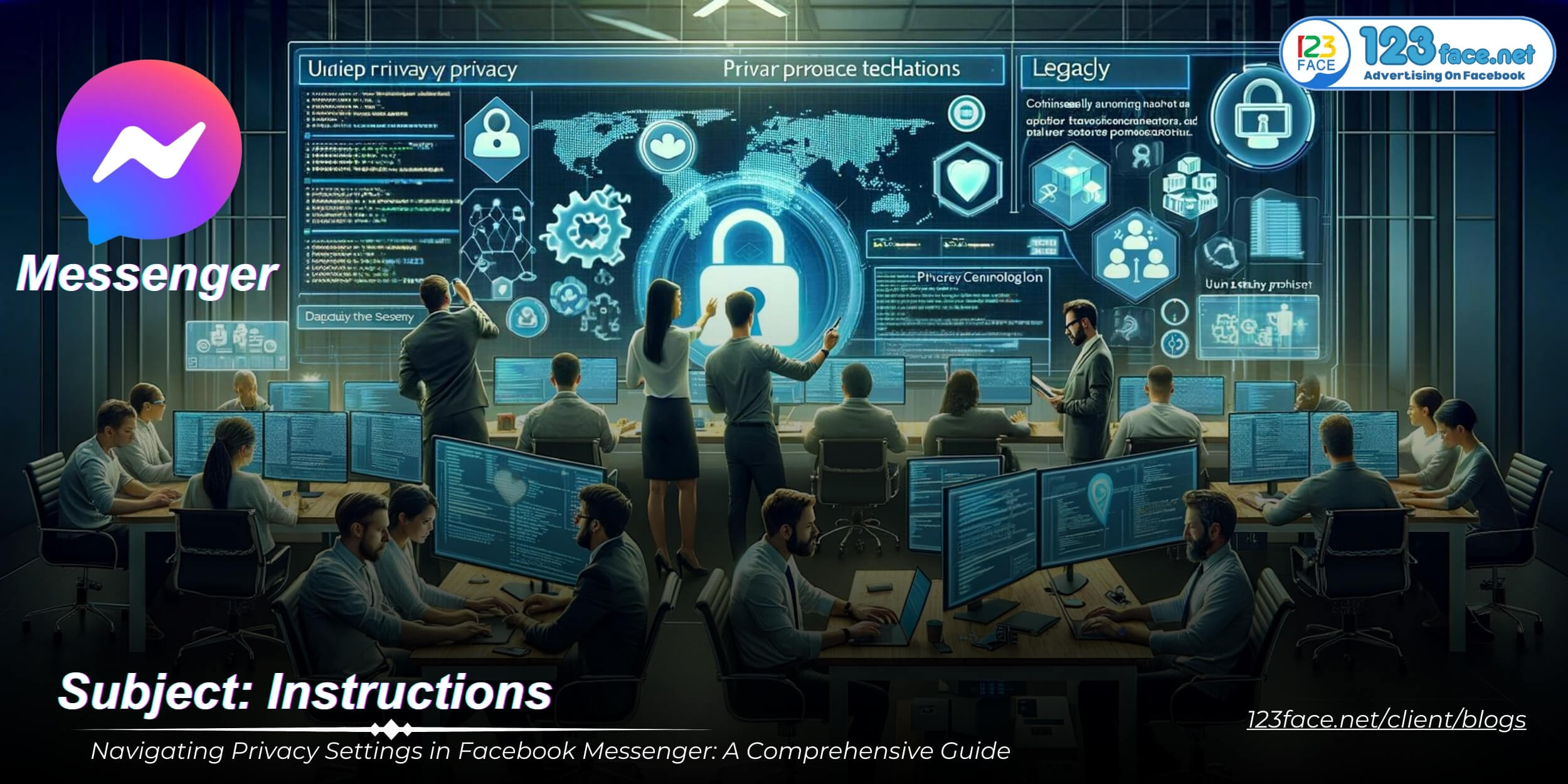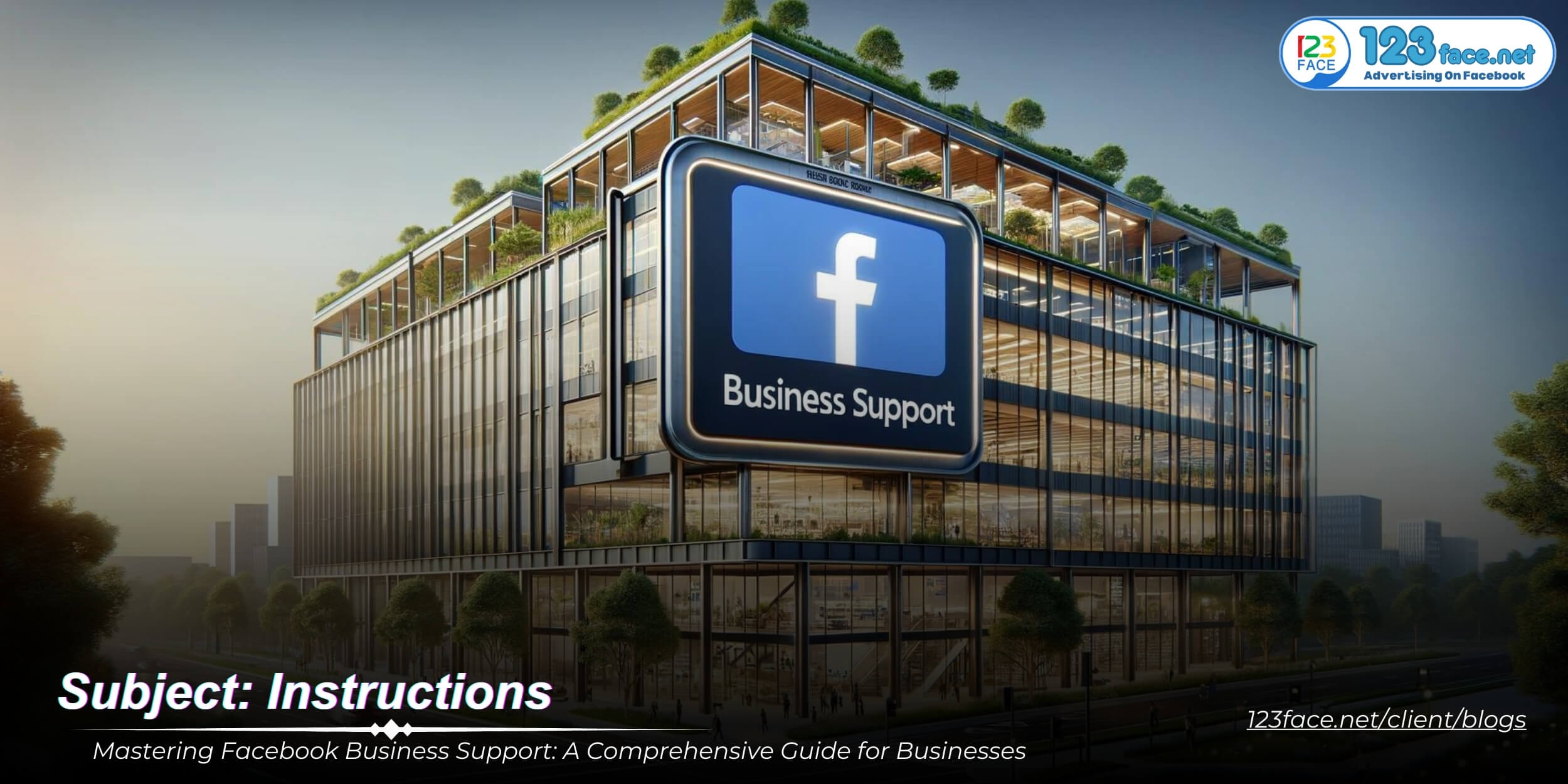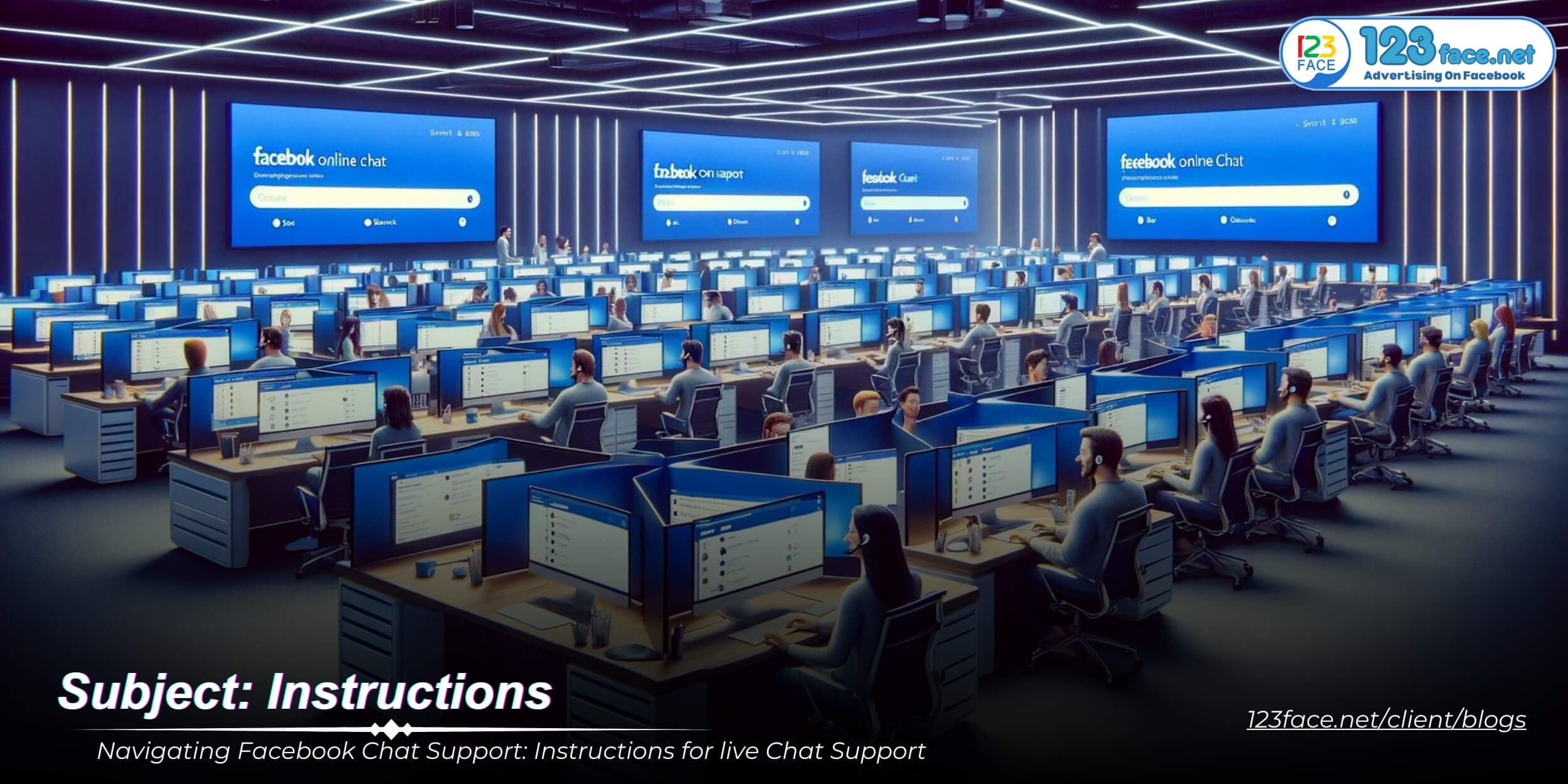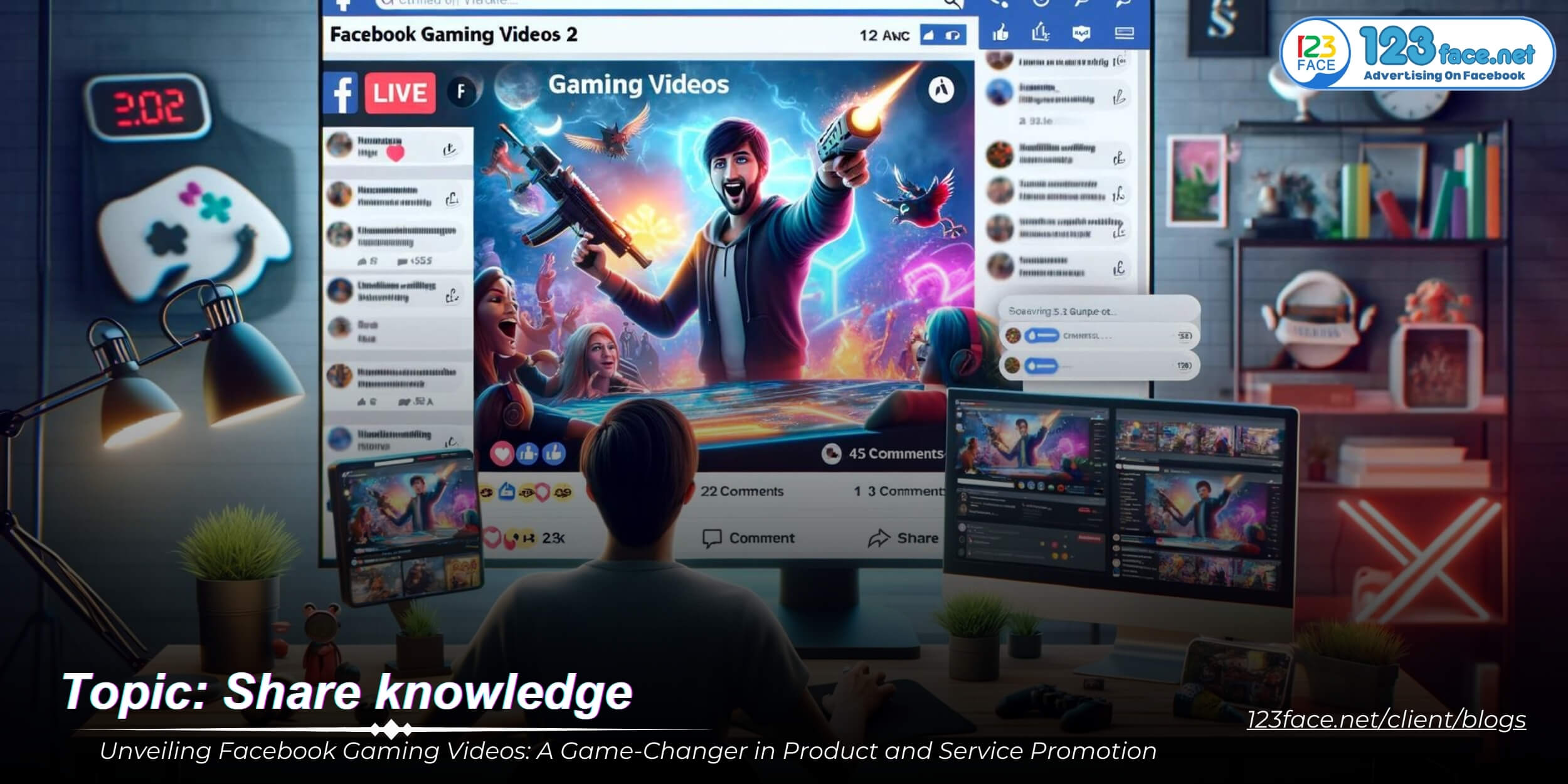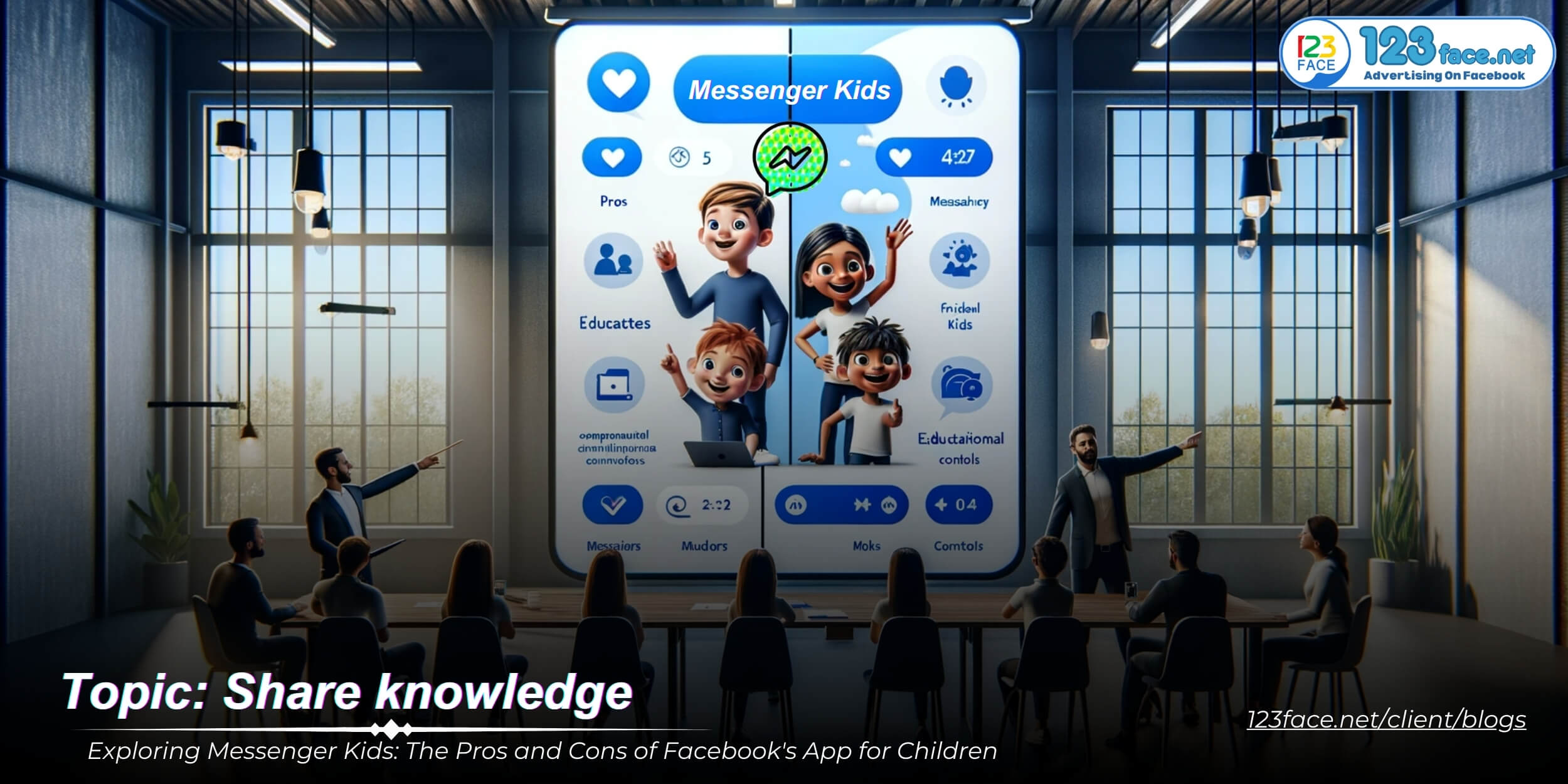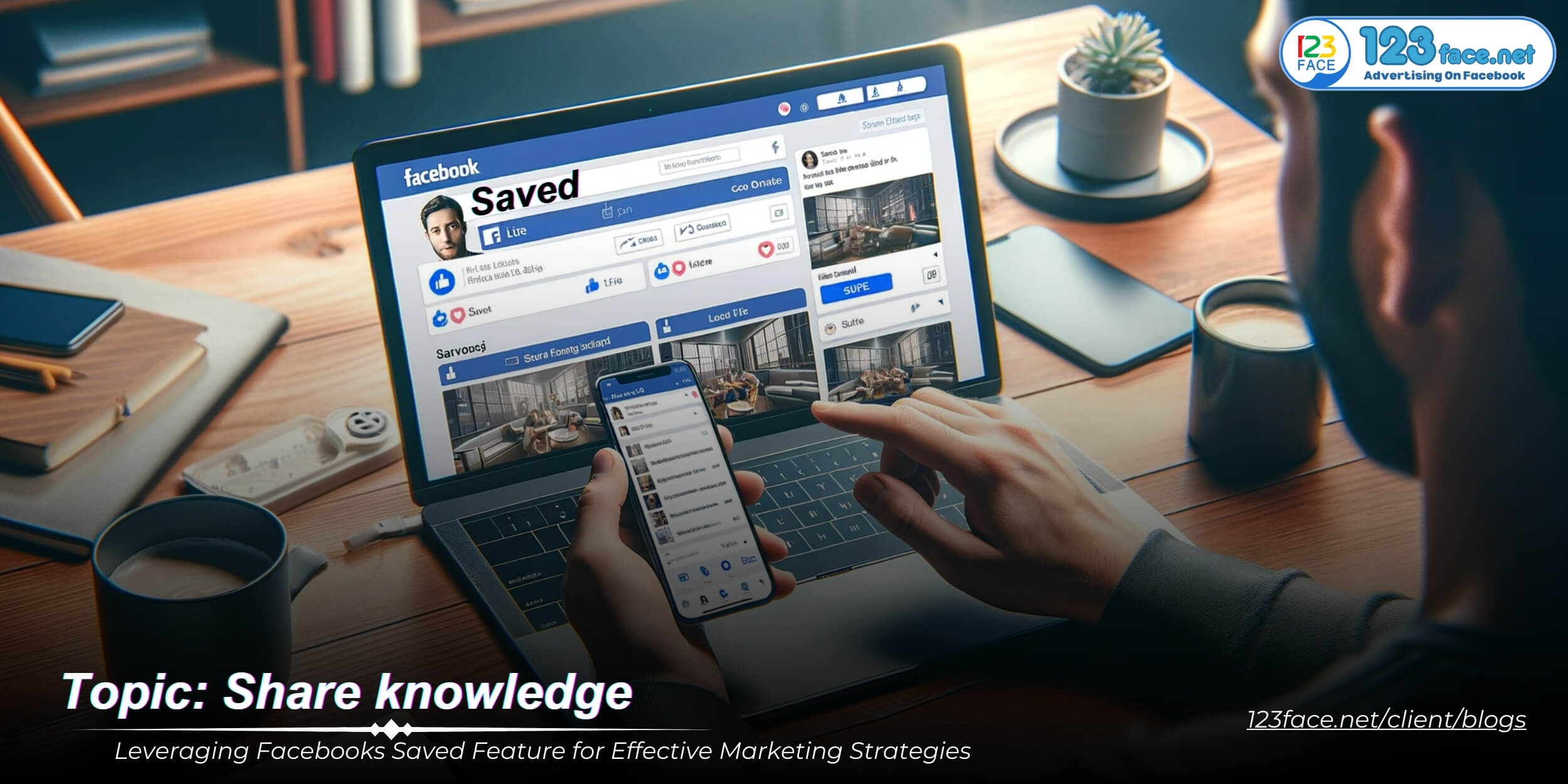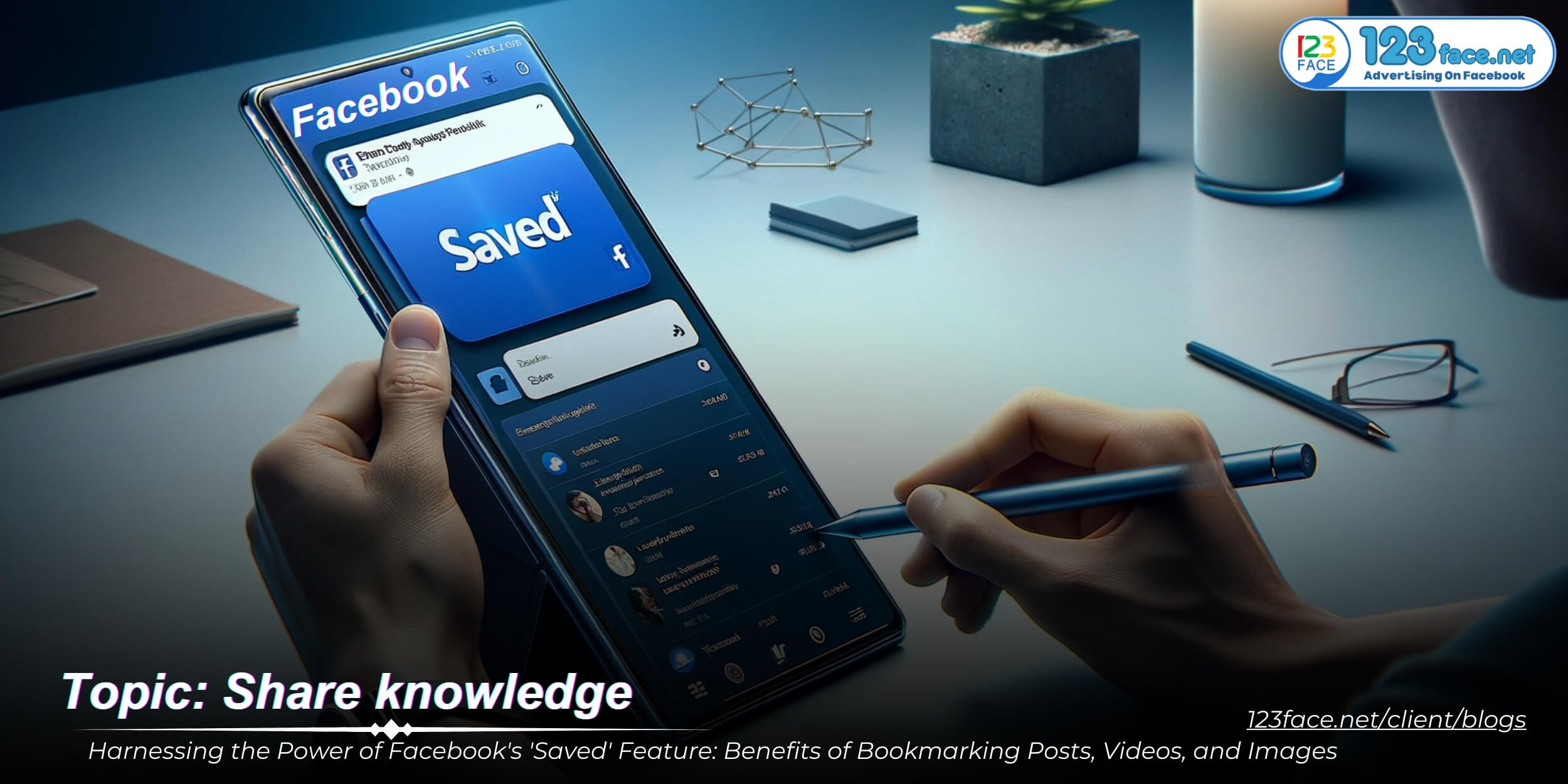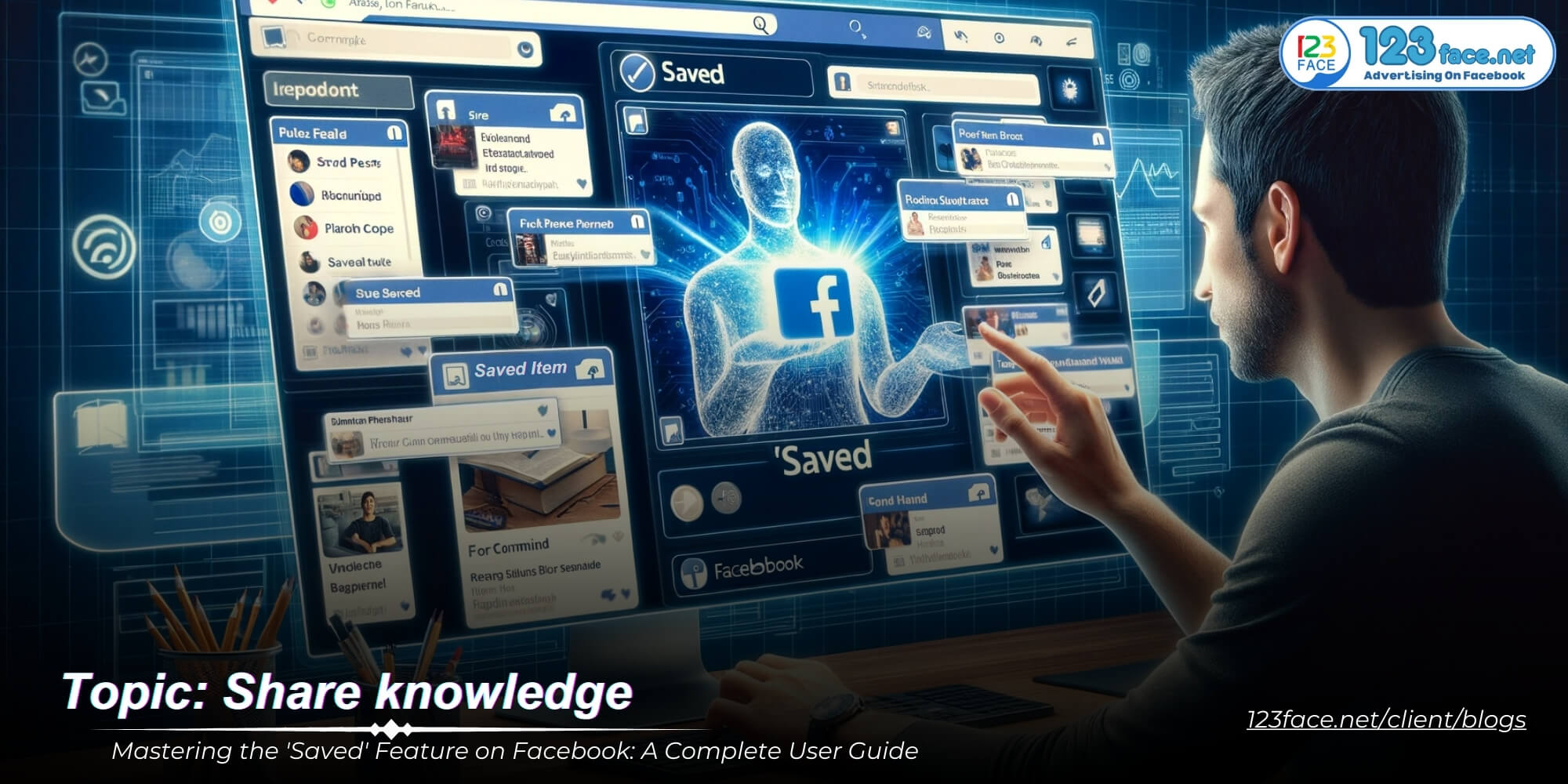The Evolution of Facebook Messenger: A Decade in Review
Writing date: 2024-02-05 15:00:39
Facebook Messenger, once a simple feature within Facebook's main platform, has evolved into a standalone app revolutionizing the way we communicate. Over the past decade, it has transformed from a basic messaging function to a comprehensive communication tool. This article by website123face delves into the evolution of Facebook Messenger, highlighting the key milestones and features that have shaped its journey.
The Birth of Facebook Messenger
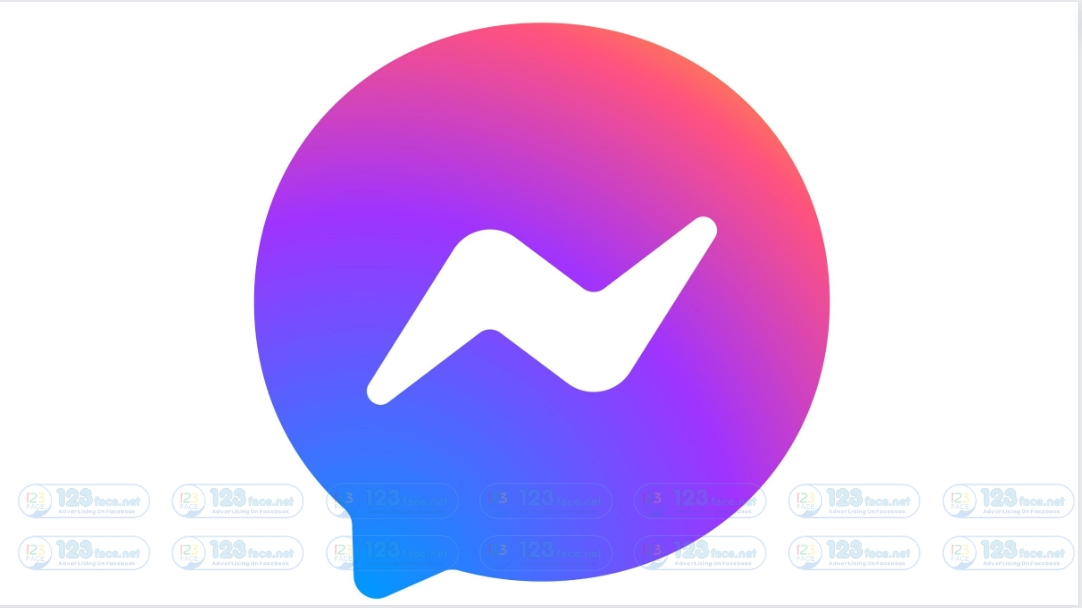
1, From Facebook Chat to a Standalone App
The evolution of Facebook Messenger is a testament to the rapid pace of innovation in the digital communication landscape. Originally integrated into Facebook's main platform as Facebook Chat, this feature provided a basic framework for users to send instant messages to one another. However, as digital communication became increasingly integral to daily life, the limitations of Facebook Chat became apparent. Users sought a more dynamic and accessible way to connect, one that didn't require them to be tethered to their Facebook newsfeeds.
Recognizing this shift in user behavior and the burgeoning demand for more versatile messaging solutions, Facebook embarked on a significant transformation. In 2011, the company launched Facebook Messenger as a standalone app. This strategic move was driven by the desire to offer users a dedicated space for messaging that was both efficient and feature-rich. The standalone Messenger app was designed to streamline communication, allowing users to send messages, photos, and videos to friends and family with ease, irrespective of whether they were browsing other parts of Facebook.
This pivot towards a standalone messaging app was part of a broader trend in the tech industry, where specialized apps began to emerge, each catering to specific facets of online interaction. By separating Messenger from the main Facebook platform, the company could focus on expanding the app's functionality, introducing features such as voice and video calls, group chats, stickers, and later on, bots for customer service and interactive experiences.
The launch of Facebook Messenger marked a significant milestone in the company's history. It reflected a deeper understanding of user needs and a commitment to adapting its services to meet those needs. Messenger quickly grew in popularity, becoming one of the most widely used messaging apps worldwide. Its evolution from a simple chat feature within Facebook to a comprehensive communication tool illustrates the dynamic nature of digital platforms and their ability to redefine how we connect with each other in the digital age.
Key Features and Milestones
Facebook Messenger has continually evolved, introducing new features and capabilities that have significantly enhanced the way users communicate. Here are some of the key milestones and features that have marked its evolution:
1, Introduction of Voice and Video Calling
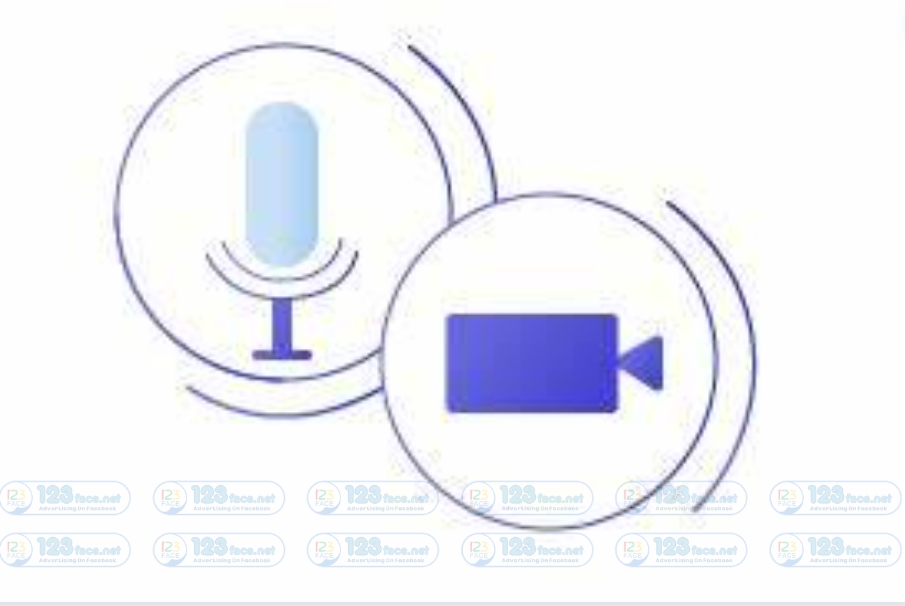
One of the most transformative additions to Messenger was the introduction of voice and video calling:
-
Voice Calling (2013): Messenger introduced voice calling, allowing users to make calls over the internet. This feature transformed Messenger into more than just a text messaging app, enabling voice communication with friends and family around the world without the need for traditional phone services.
-
Video Calling (2015): Building on the success of voice calling, Messenger launched video calling. This addition enabled users to make face-to-face calls, bringing a more personal and dynamic aspect to online communication. The introduction of video calling positioned Messenger as a comprehensive communication tool, catering to the diverse needs of its users.
2, The Rise of Messenger Bots
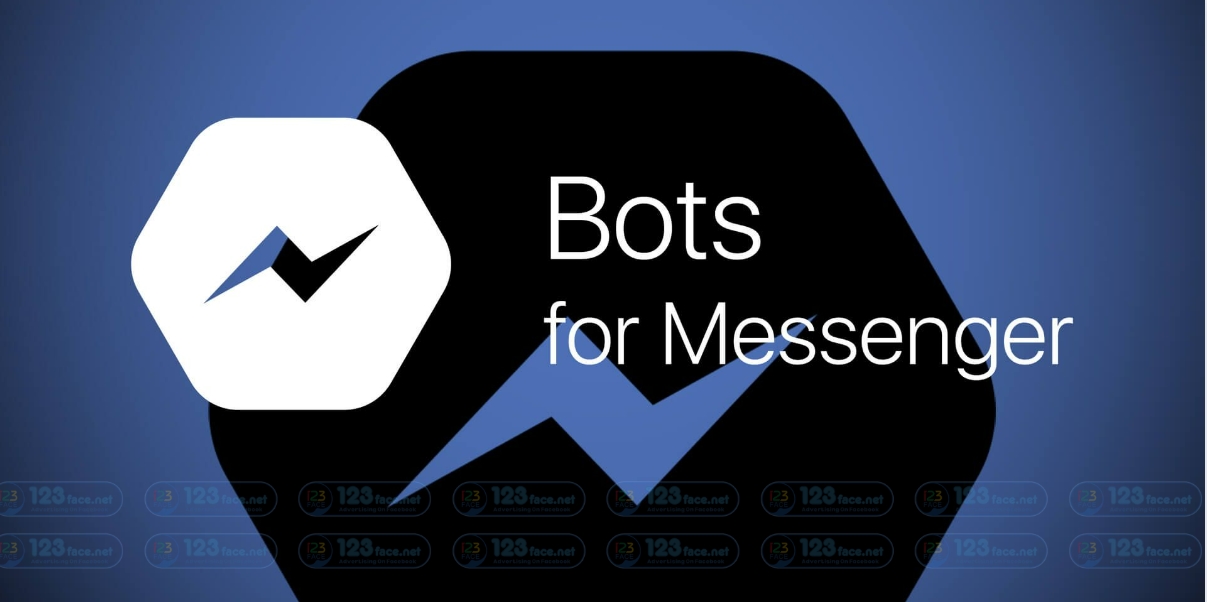
In 2016, Messenger further expanded its capabilities by introducing bots:
- Messenger Bots: These automated programs allowed businesses to provide customer service, deliver content, and interact with users in real-time. Messenger bots offered a new way for businesses to engage with customers, providing instant responses to inquiries, facilitating transactions, and delivering personalized experiences. This innovation opened new avenues for customer interaction and service, making Messenger a platform for business and personal use alike.
3, Implementing End-to-End Encryption
With growing concerns over digital privacy and security, Messenger took significant steps to protect user communication:
- Secret Conversations (2016): Messenger introduced end-to-end encryption with the launch of Secret Conversations. This feature ensured that only the sender and recipient could read the messages, safeguarding the privacy of personal and sensitive information. The introduction of end-to-end encryption highlighted Facebook's commitment to user privacy and security, allowing users to communicate with confidence.
The evolution of Facebook Messenger is marked by continuous innovation and adaptation to user needs. From simple text messaging to voice and video calls, the introduction of bots for business interactions, and the implementation of end-to-end encryption for enhanced privacy, Messenger has established itself as a versatile and indispensable tool for global communication. These key features and milestones not only reflect Messenger's growth but also its pivotal role in shaping the future of online communication. As Messenger continues to evolve, it remains at the forefront of connecting people, fostering relationships, and facilitating business interactions in the digital age.
Expansion of Messenger's Functionality
As part of its ongoing evolution, Facebook Messenger has introduced significant features and integrations, aiming to enhance the user experience and broaden its appeal across different demographics and platforms. Two notable developments highlight Messenger's commitment to creating a more inclusive and interconnected digital communication landscape.
1, Launch of Messenger Kids
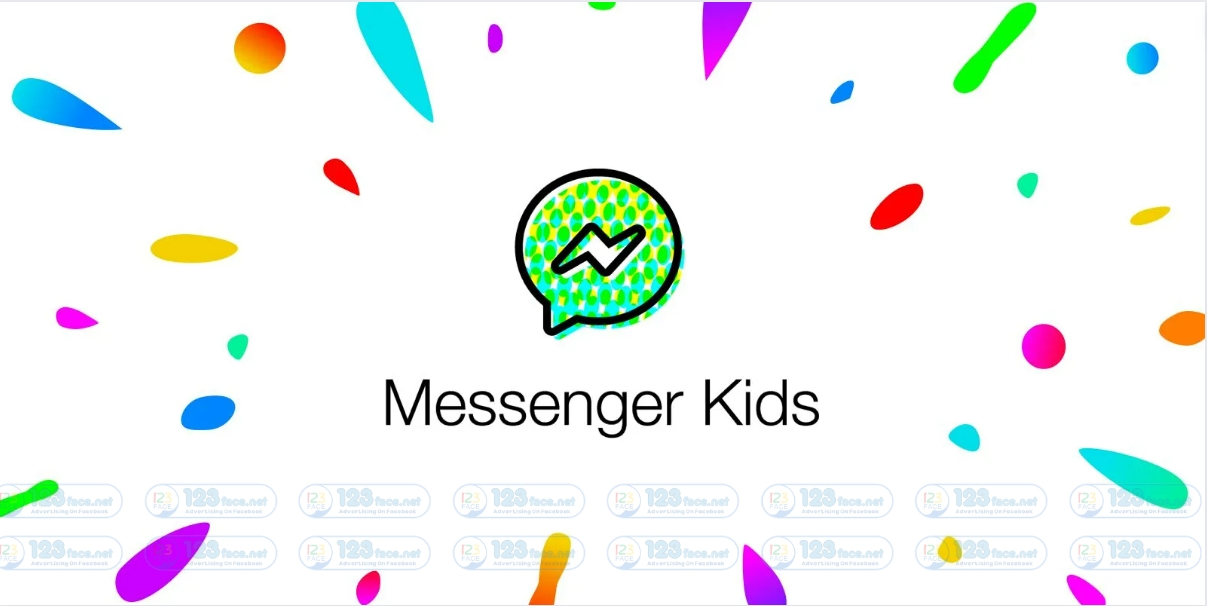
In 2017, Facebook took a significant step towards accommodating younger audiences with the launch of Messenger Kids:
-
Child-Friendly Design: Messenger Kids is tailored specifically for children, featuring a colorful and intuitive interface that makes digital communication fun and accessible for younger users.
-
Safety and Parental Controls: At the core of Messenger Kids are robust safety measures and parental controls. Parents have the authority to manage their children's contact lists, monitor messages, and set usage limits, ensuring a safe online environment.
-
Educational and Creative Tools: The app includes a variety of educational games and creative tools that encourage learning and self-expression among children. These features are designed to make digital communication a positive experience for kids, fostering creativity and connection.
Messenger Kids represents a pivotal extension of Messenger's functionality, addressing the need for a secure and engaging communication platform for children, while simultaneously easing parental concerns about online safety.
2, Integration with Instagram and WhatsApp
In a move towards creating a more unified messaging ecosystem, Facebook announced plans for cross-app messaging among Messenger, Instagram, and WhatsApp:
-
Seamless Messaging Experience: The integration aims to allow users to send messages across Messenger, Instagram, and WhatsApp without switching apps. This cross-platform messaging capability is designed to provide a seamless and cohesive experience for users engaged with Facebook's family of apps.
-
Enhanced Features Across Platforms: With this integration, Facebook intends to unify the messaging infrastructure, bringing end-to-end encryption and other Messenger features to Instagram and WhatsApp. This consolidation is expected to enhance functionality and security across all platforms.
-
Vision for a Unified Ecosystem: The move reflects Facebook's broader vision of creating a comprehensive, interconnected messaging ecosystem. By enabling users to communicate across its platforms effortlessly, Facebook aims to keep users engaged within its network, improving convenience and accessibility.
The expansion of Messenger's functionality through the launch of Messenger Kids and the planned integration with Instagram and WhatsApp underscores Facebook's strategic vision for the future of digital communication. These developments not only cater to the diverse needs of users across different age groups but also signal a move towards a more integrated and seamless messaging experience across the Facebook suite of apps. As Messenger continues to evolve, it solidifies its position as a cornerstone of global communication, offering innovative solutions that meet the changing demands of its vast user base.
The Future of Facebook Messenger
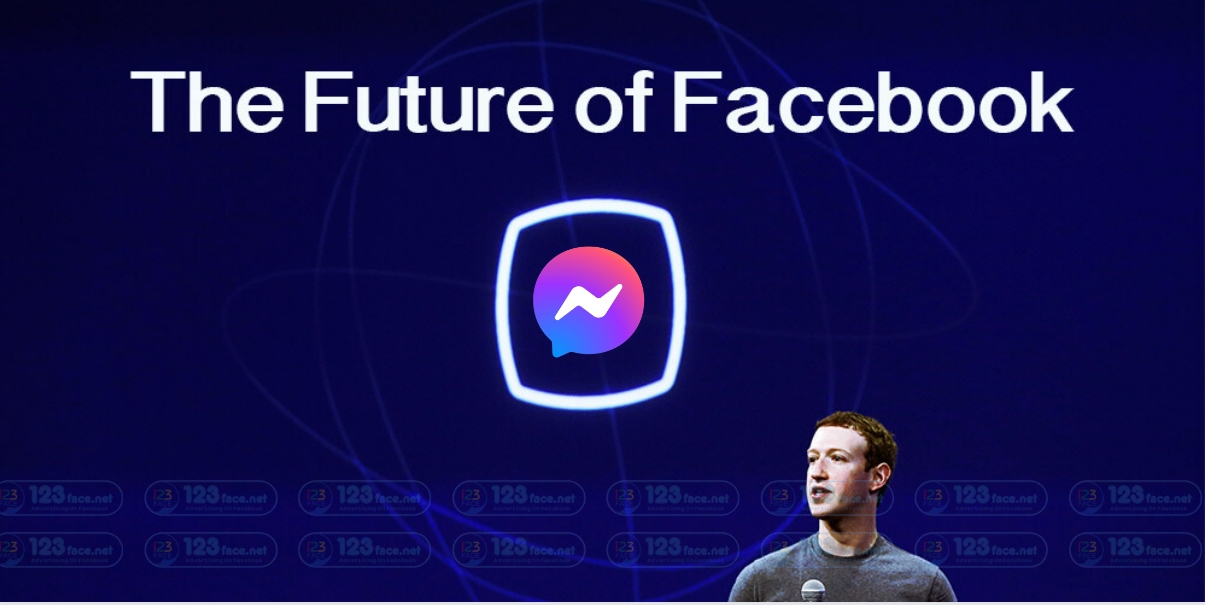
As Facebook Messenger continues to grow and evolve, it stands on the cusp of revolutionizing the digital communication space with groundbreaking innovations and enhancements. Looking ahead, the platform is set to integrate cutting-edge technologies that promise to redefine user interactions and open new avenues for business engagement.
1, Augmented Reality and Business Tools
Messenger's future trajectory includes a significant focus on augmented reality (AR) and the expansion of business tools:
-
Augmented Reality Experiences: Messenger is exploring AR features to bring virtual try-ons and immersive experiences directly to users. This advancement will allow people to preview products in a highly interactive manner, bridging the gap between online shopping and physical reality.
-
Enhanced Business Tools: Facebook is dedicated to enriching Messenger's suite of business tools, aiming to solidify the platform as a key player in customer engagement and marketing. From automated responses to in-depth customer analytics, these tools are designed to streamline communication and enhance the customer service experience, making Messenger a vital resource for businesses worldwide.
2, Embracing the Next Generation of Messaging
The future of Messenger encompasses not just AR, but also the integration of virtual reality (VR) and advances in artificial intelligence (AI) and machine learning:
-
Virtual Reality Integration: With the potential integration of VR, Messenger users could find themselves engaging in conversations and interactions within fully immersive virtual environments, offering a new level of presence and interaction.
-
Advancements in AI and Machine Learning: Continuous improvements in AI and machine learning technologies will further refine and personalize the Messenger experience. From smarter chatbots to predictive text and context-aware assistance, these advancements will make communication more intuitive and efficient.
Conclusion
Over its existence, Facebook Messenger has transformed from a straightforward messaging tool into a comprehensive communication platform, integrating voice, video, business services, and safety features. As it ventures into the realms of AR, VR, and AI, Messenger is not just adapting to the changing needs of its users but actively shaping the future landscape of digital communication. With each innovation, Messenger remains committed to enhancing connectivity, interaction, and engagement in the digital age, ensuring that it continues to be an indispensable tool for billions of users around the globe.
(Note: The developments and features discussed are reflective of the digital communication landscape as of [insert current year], and the field is subject to rapid and continuous evolution.)
Don't forget to follow website123face and tutorial blog to update more interesting content!



